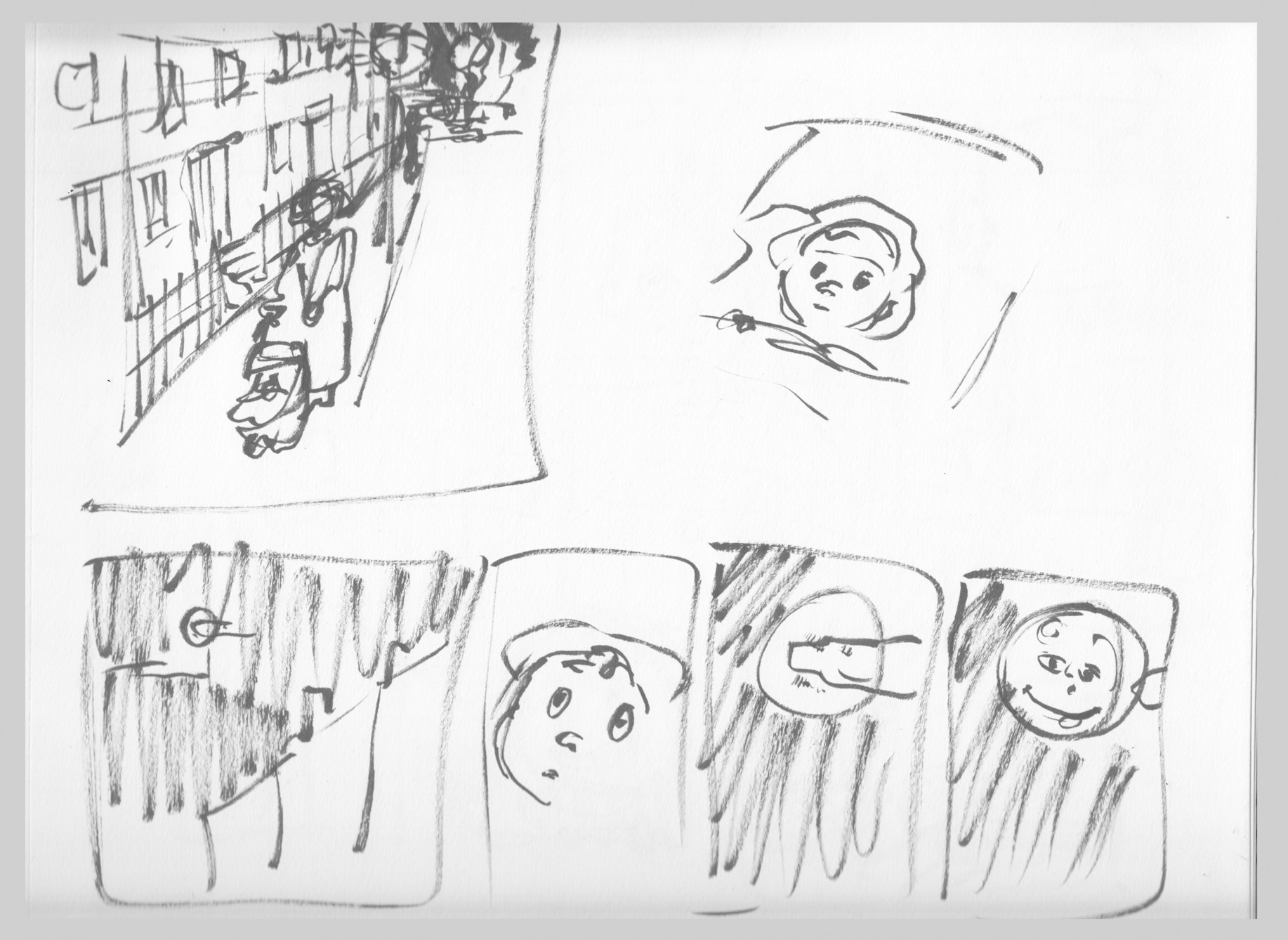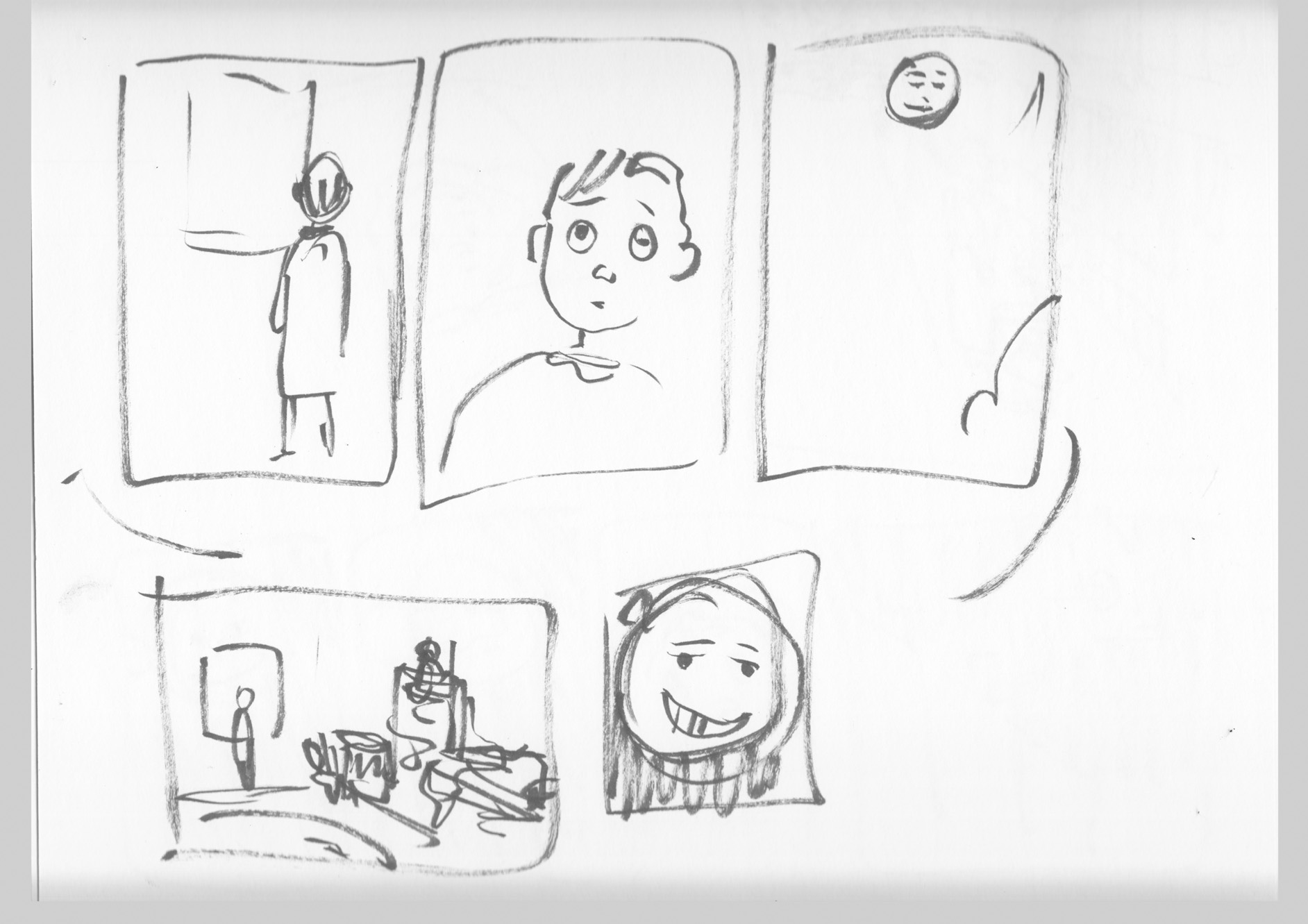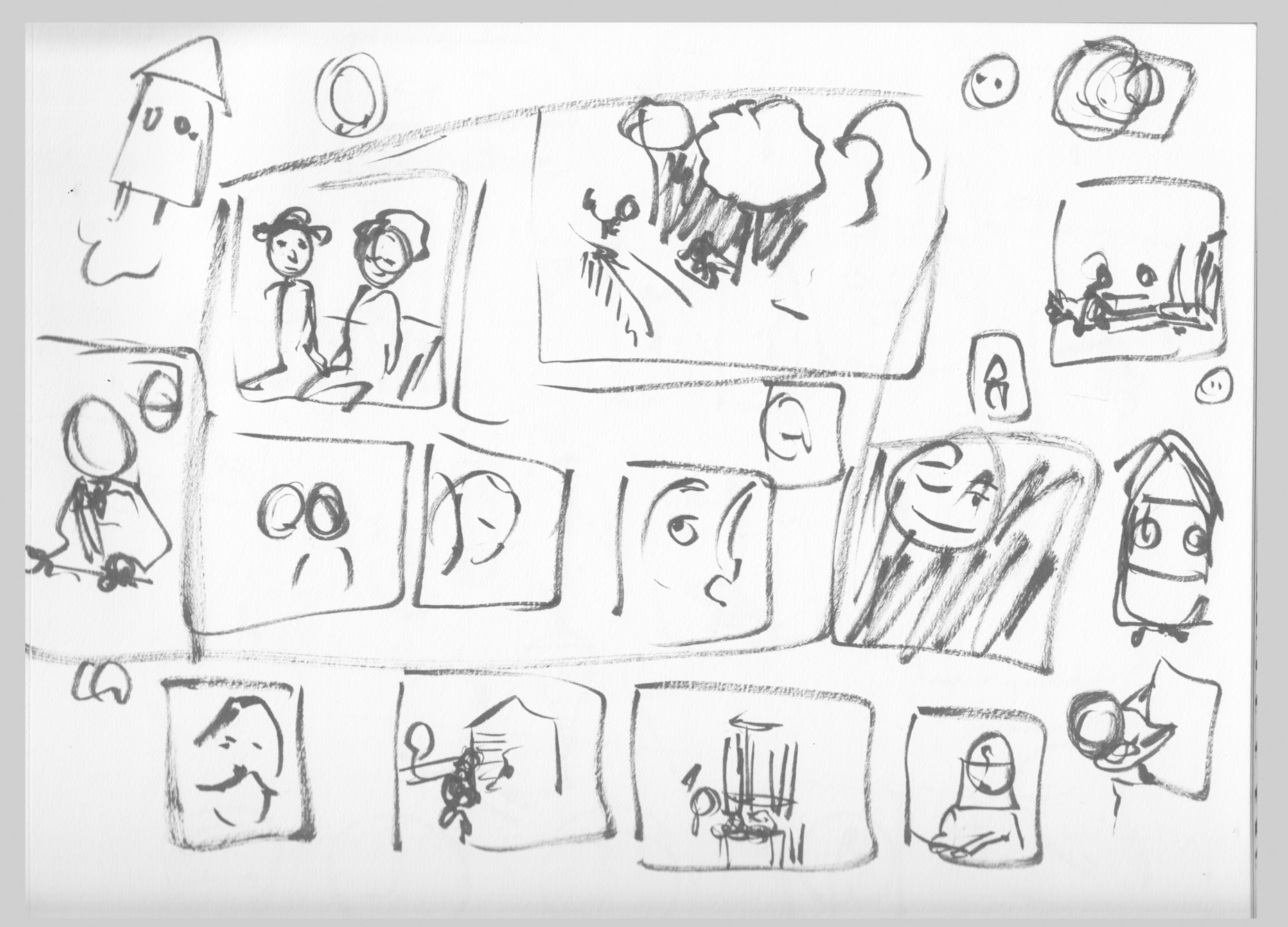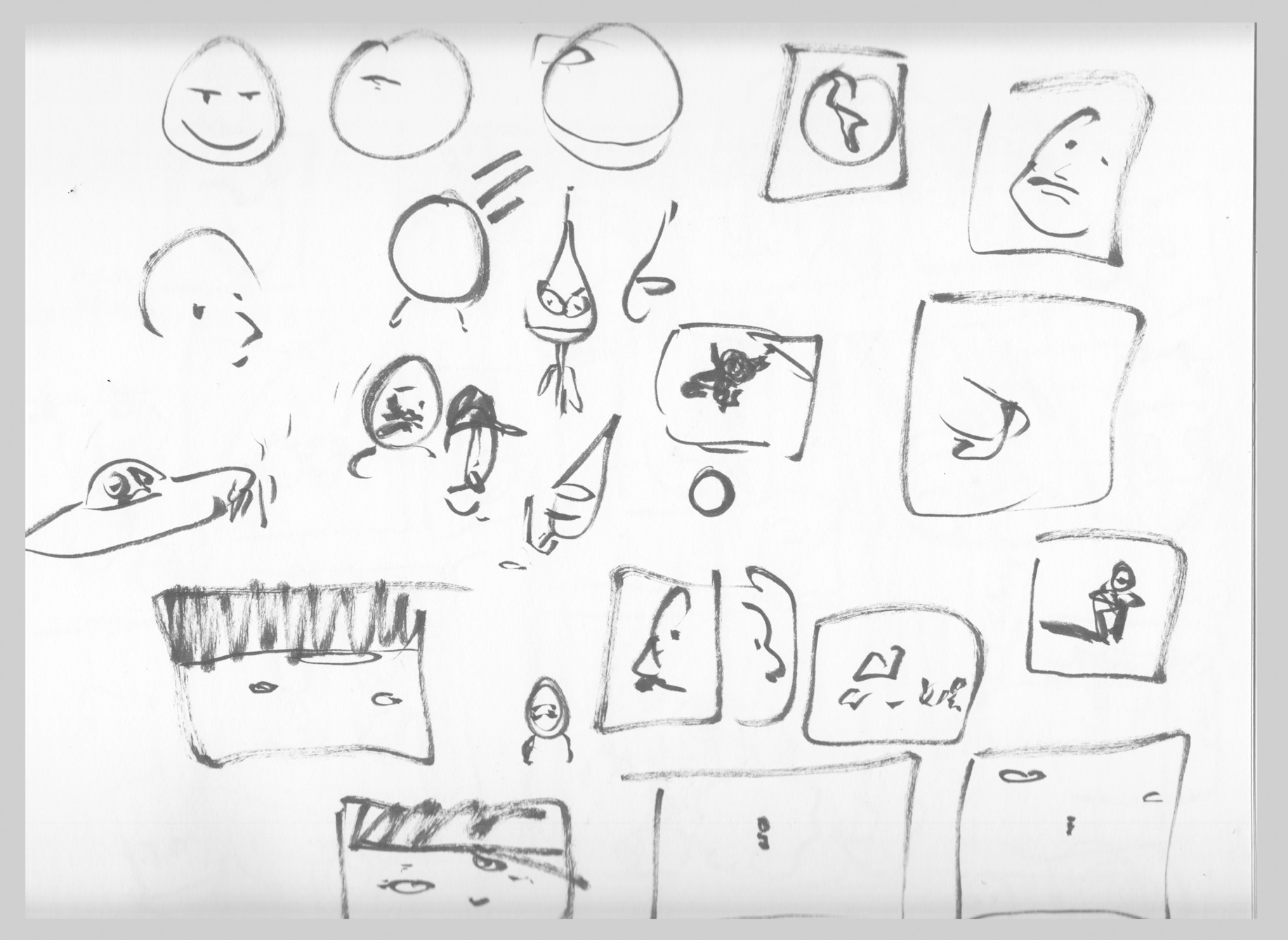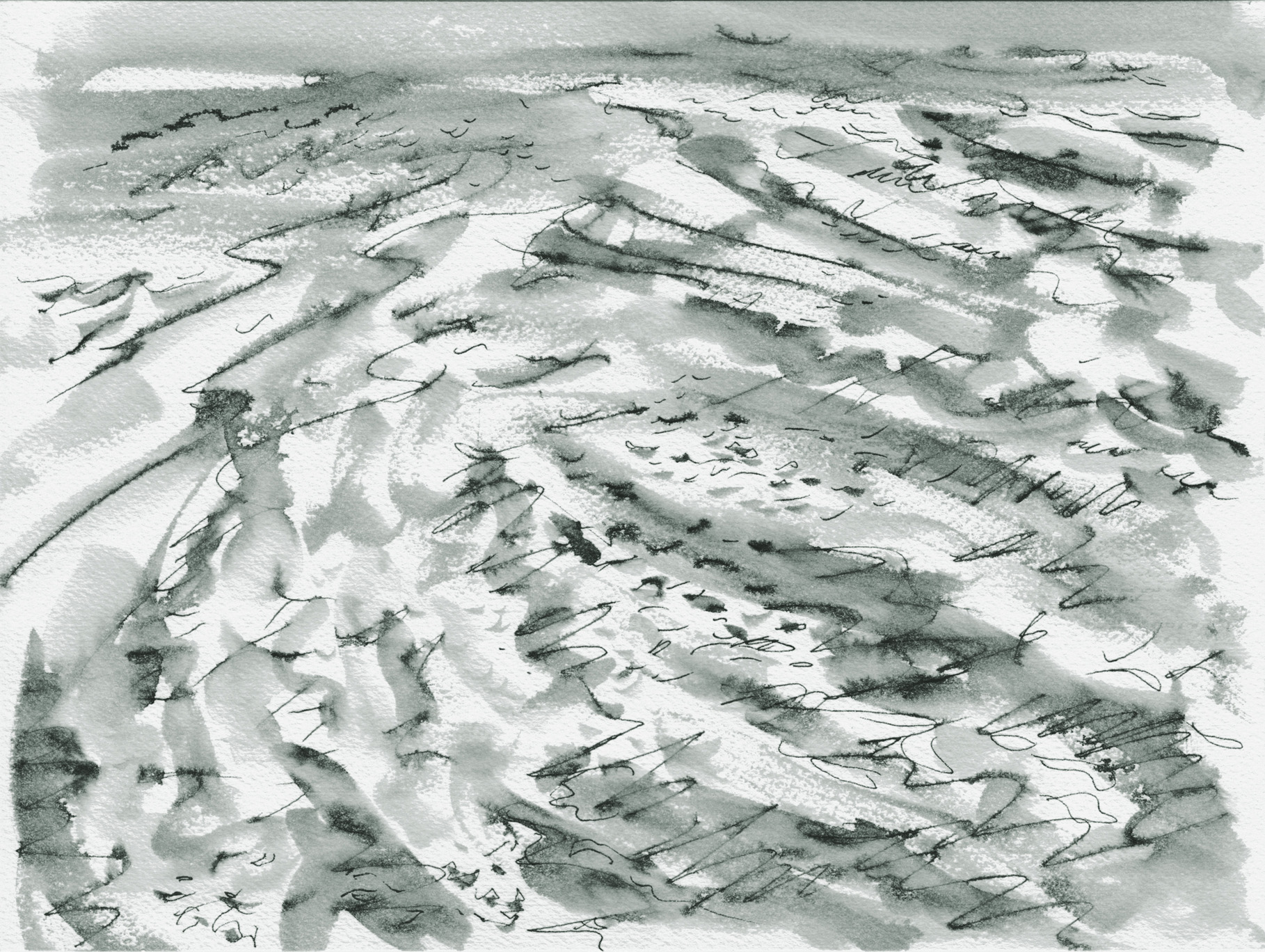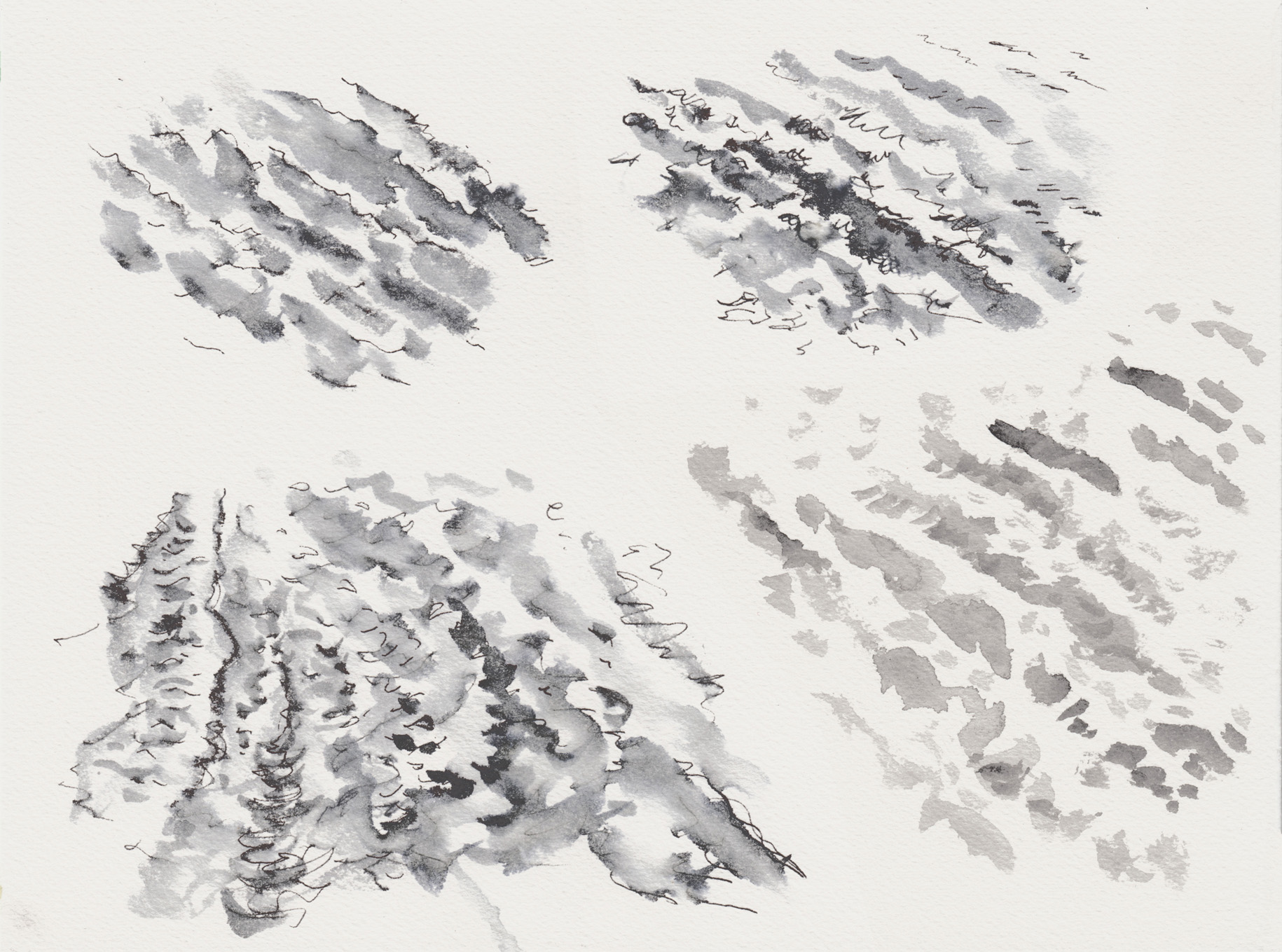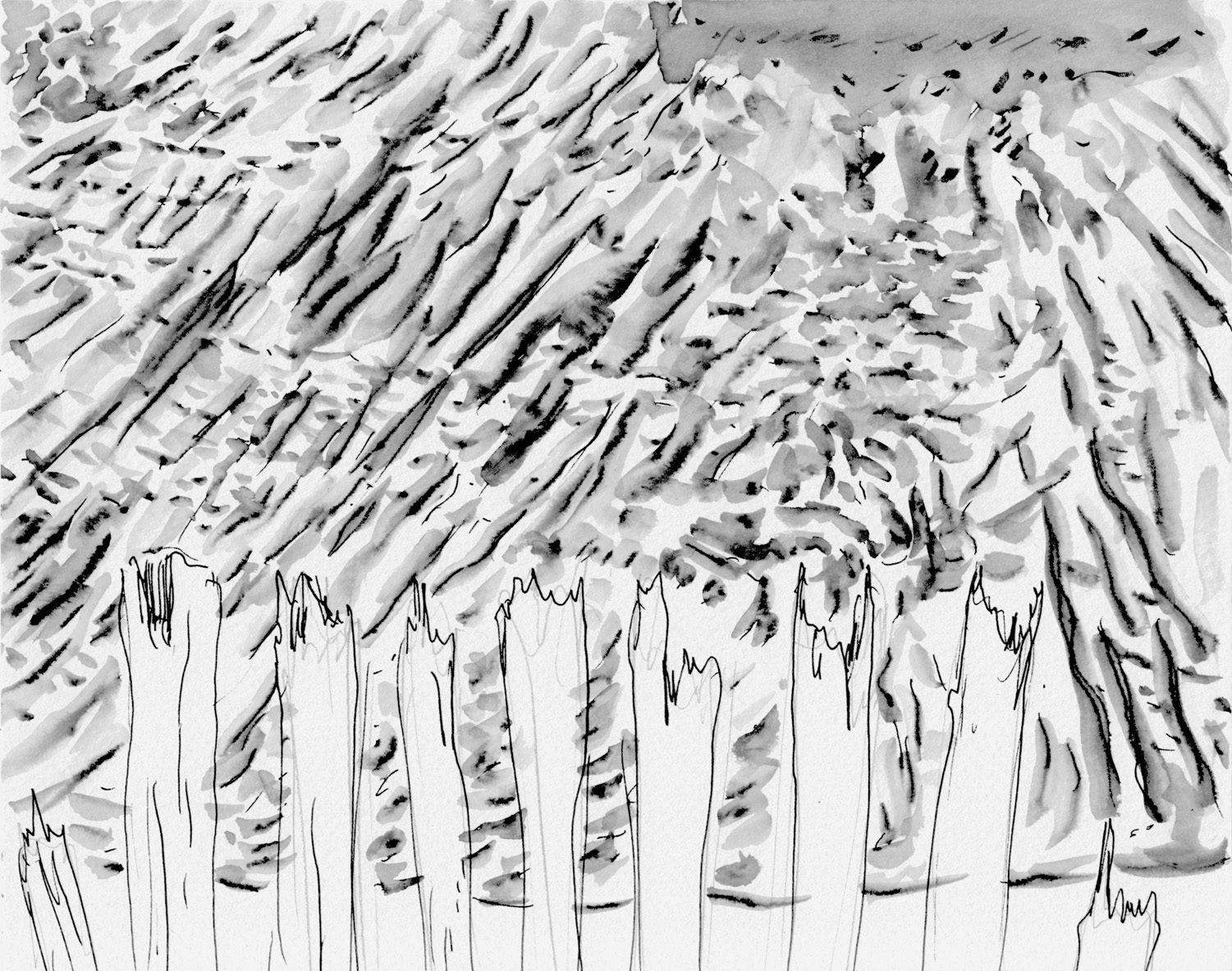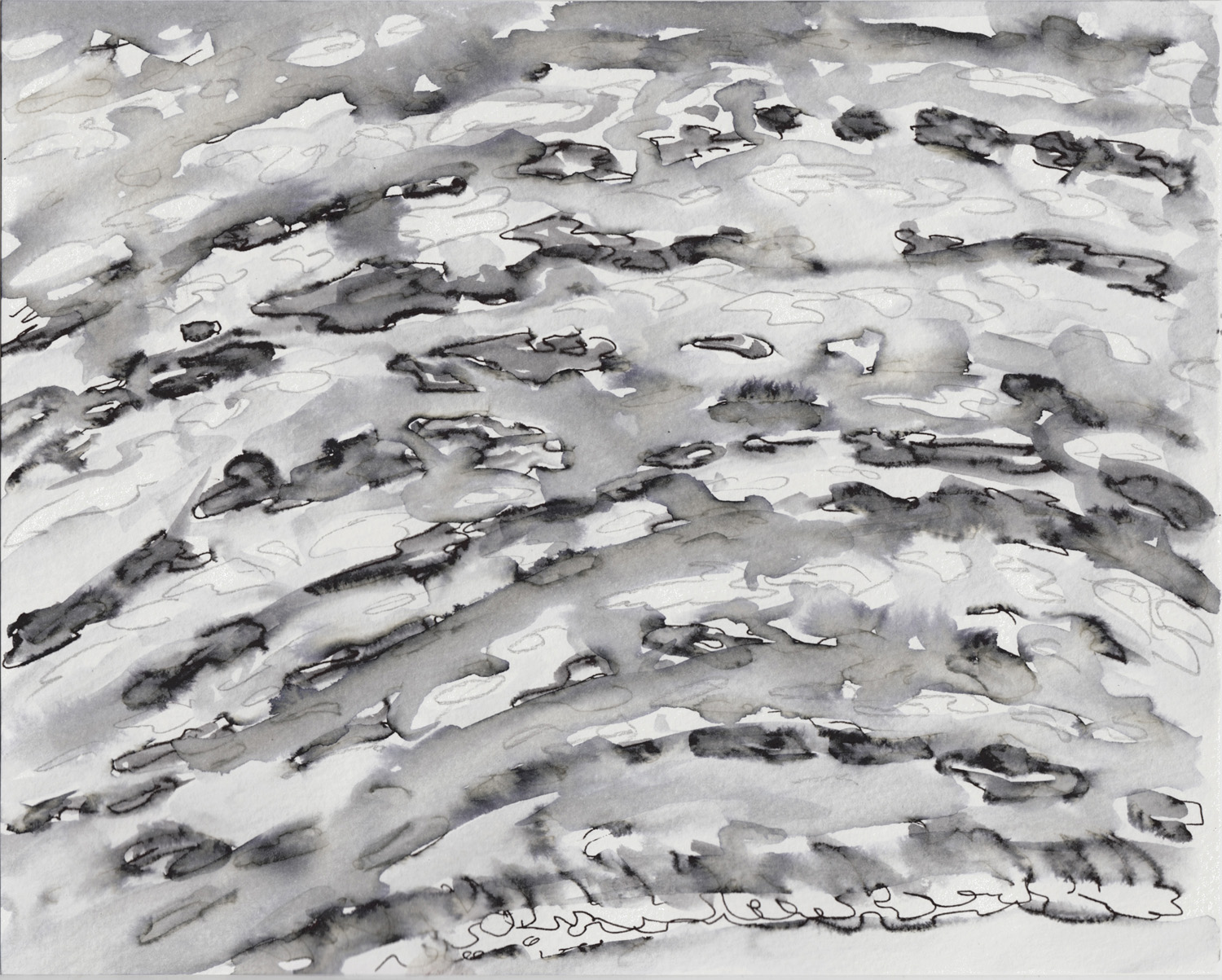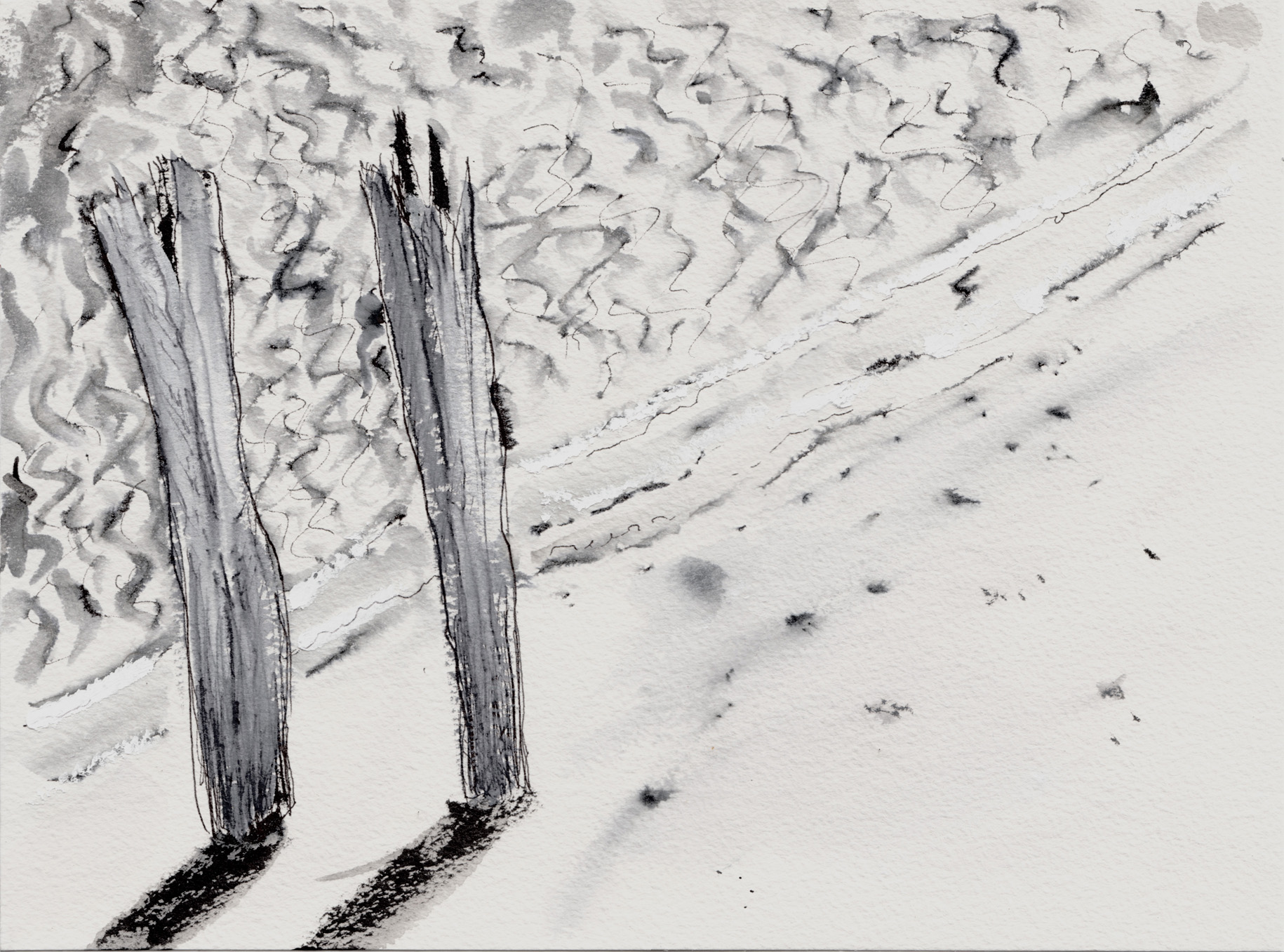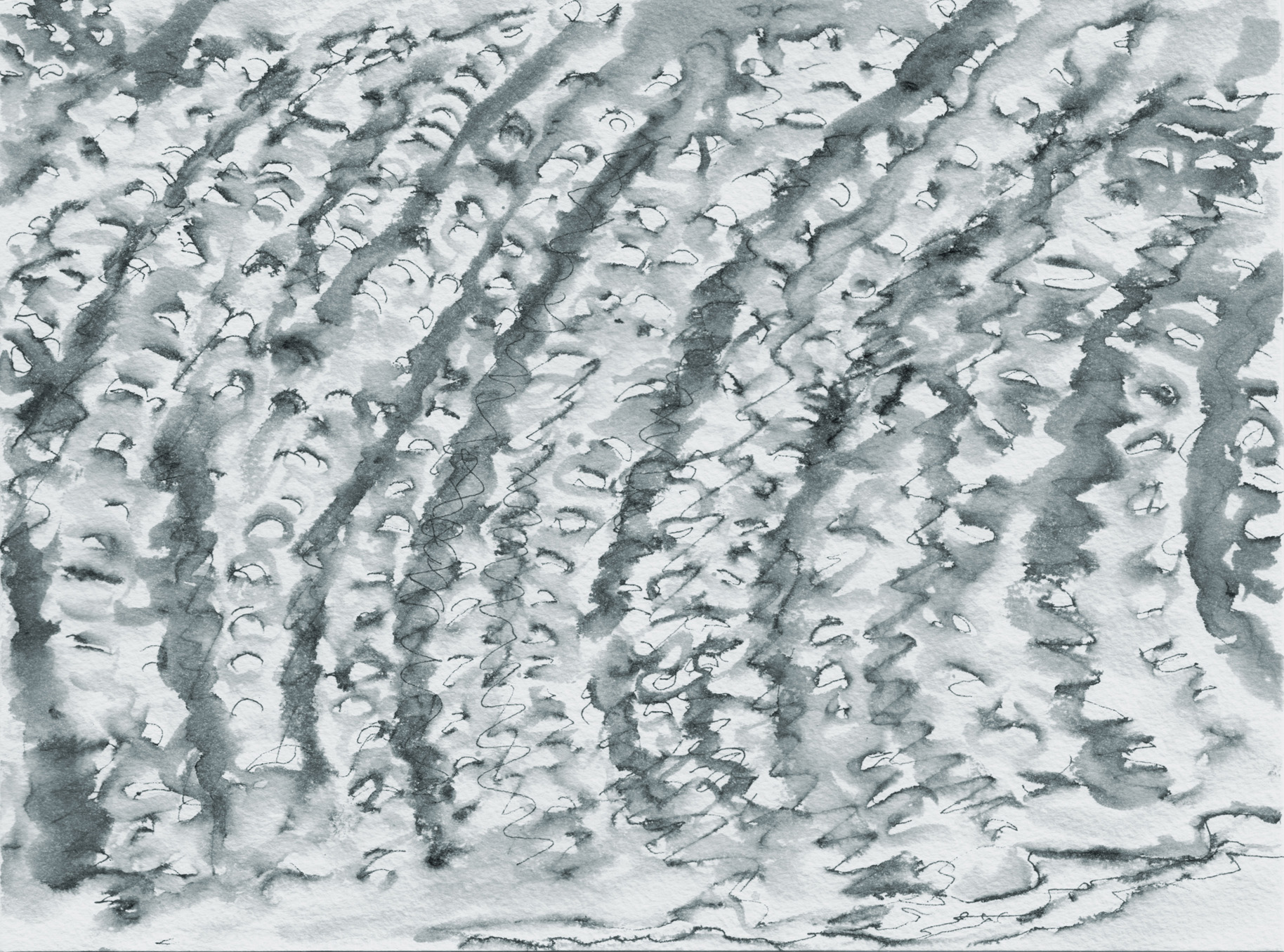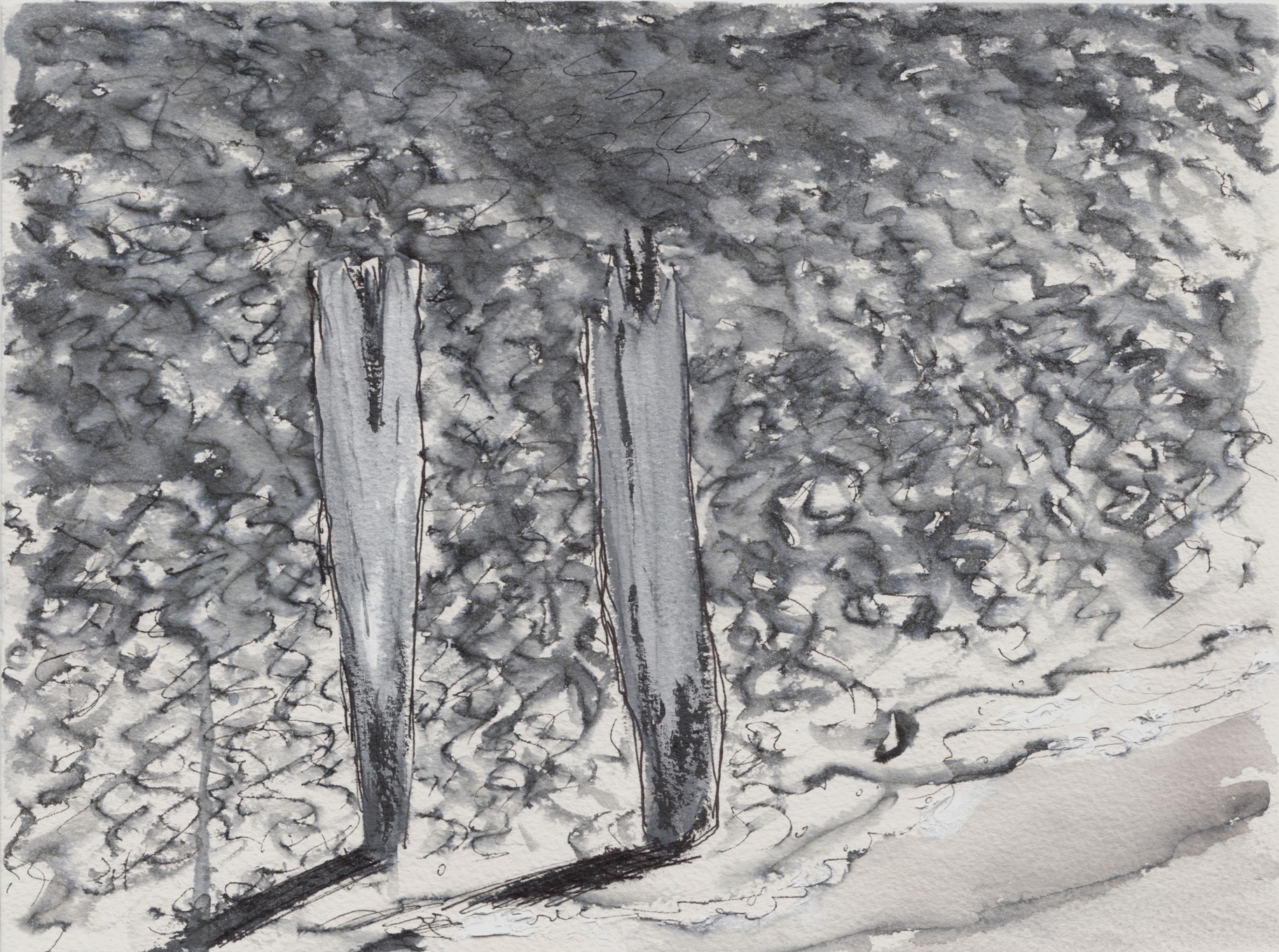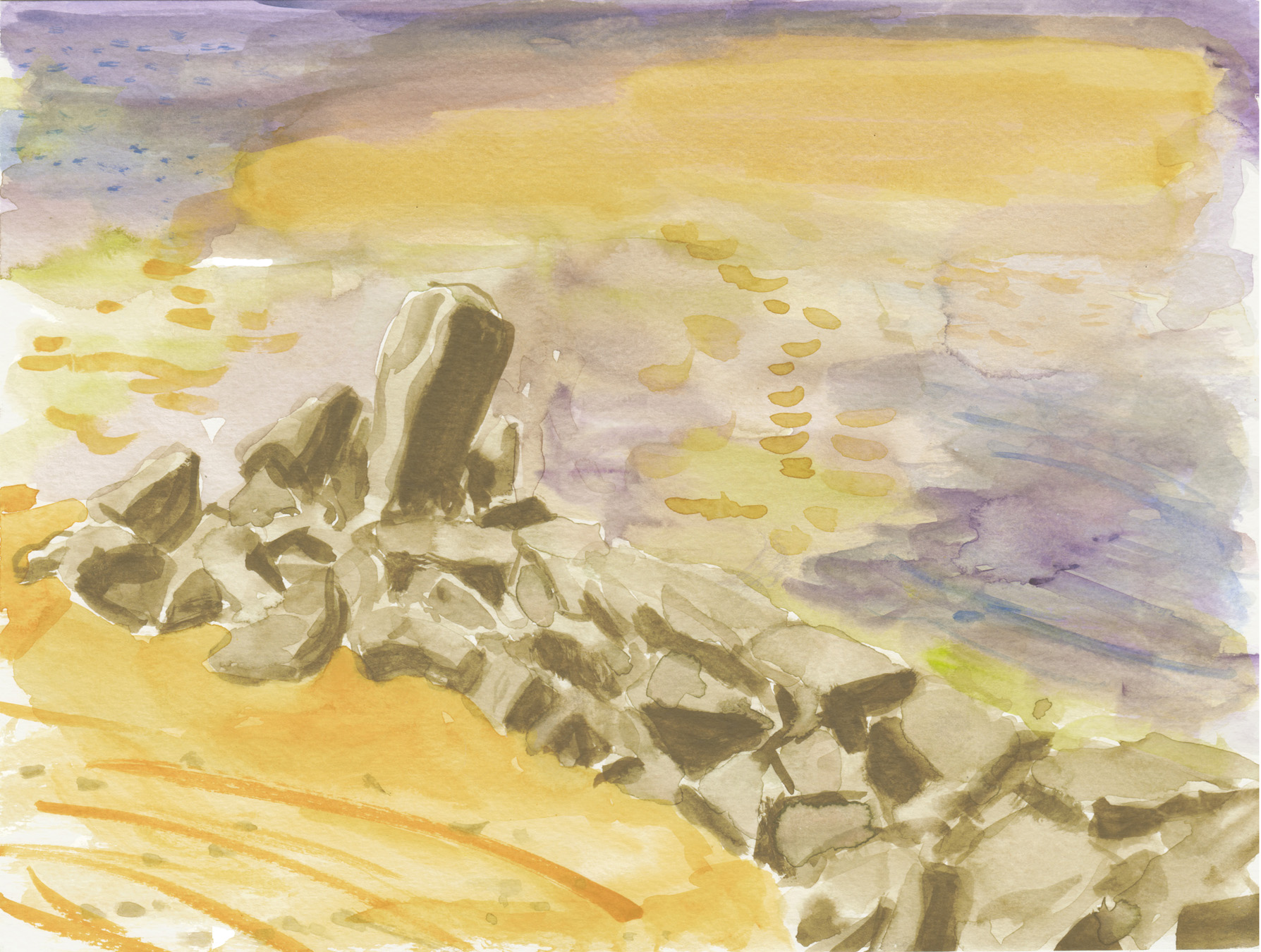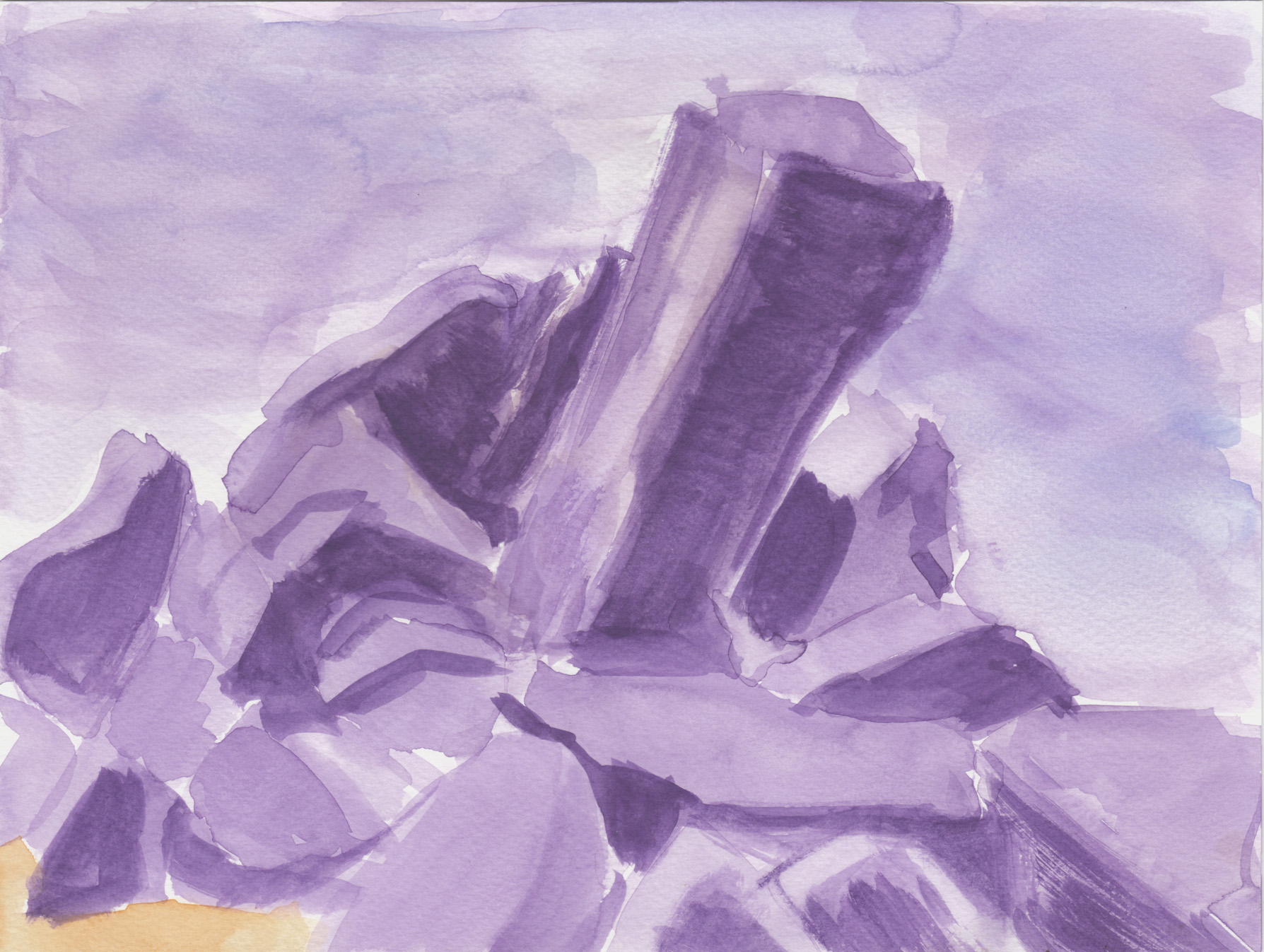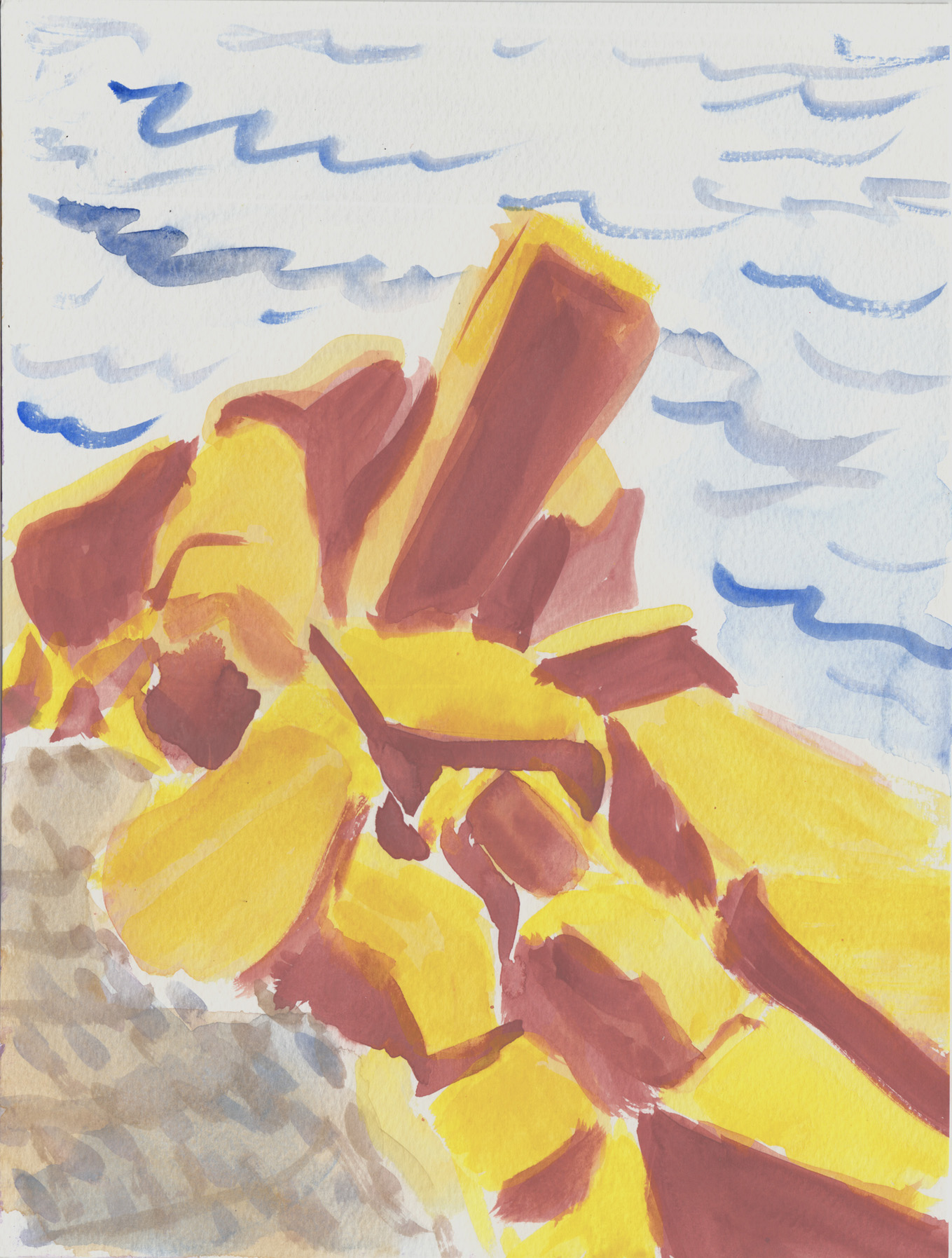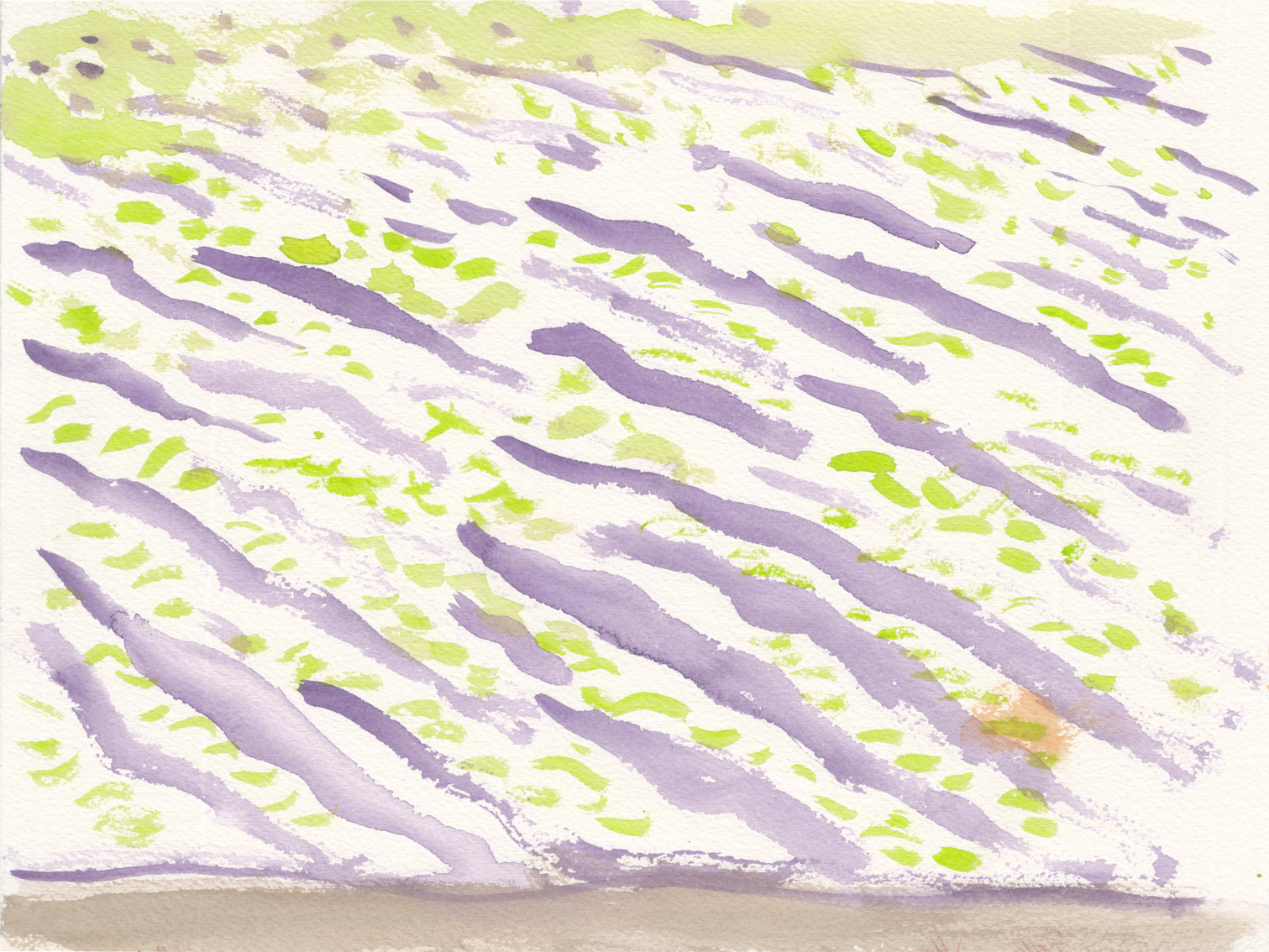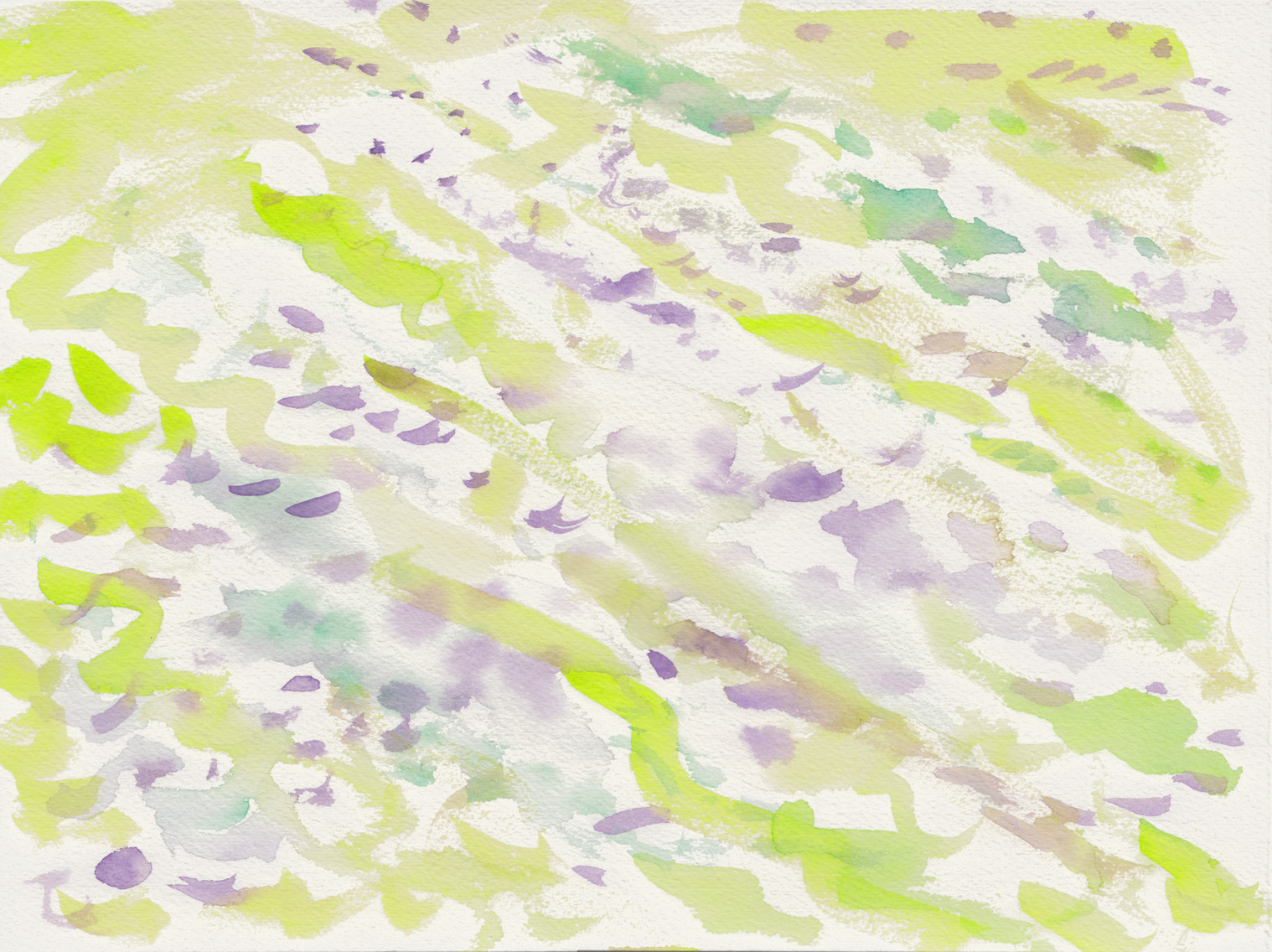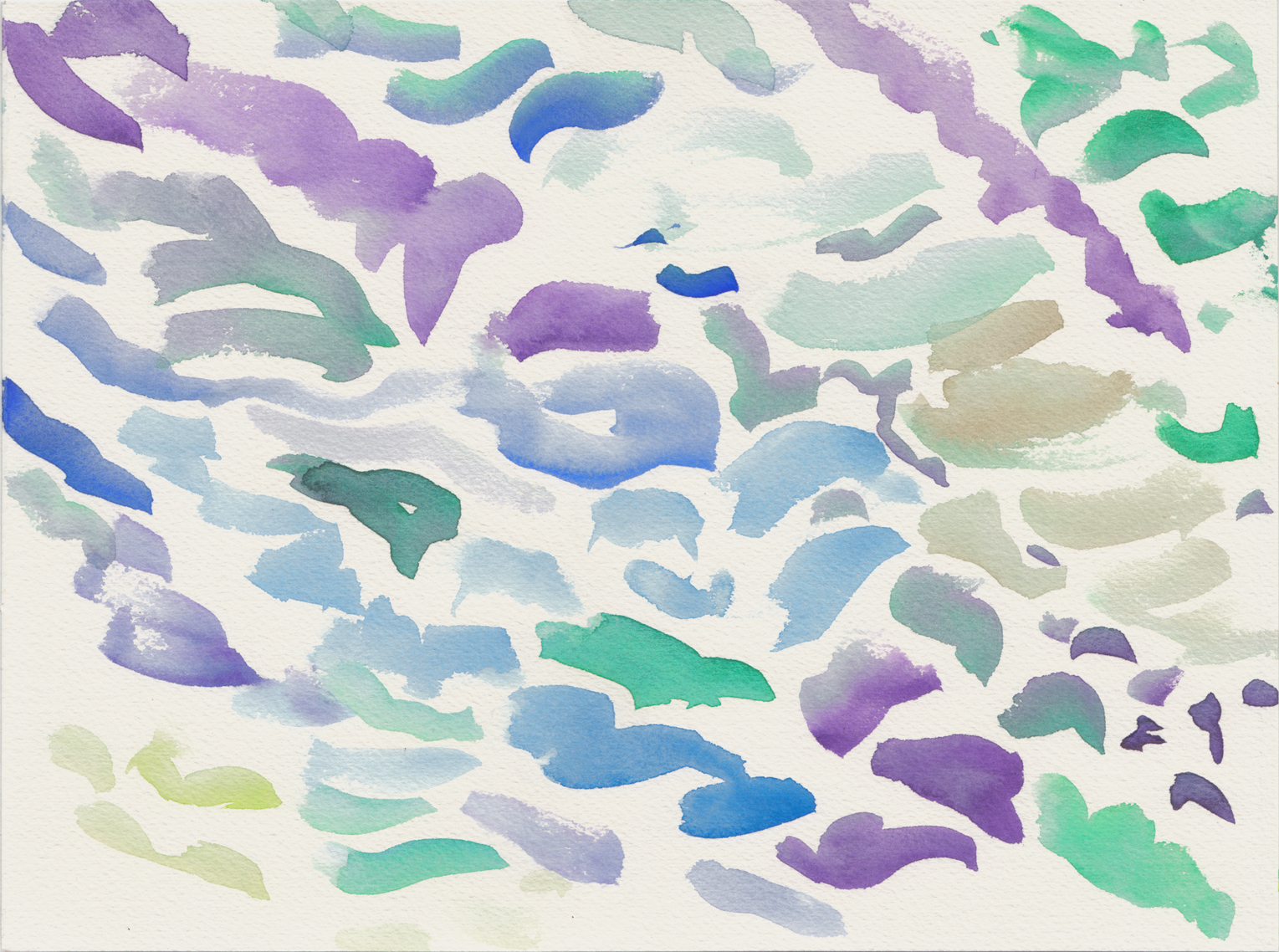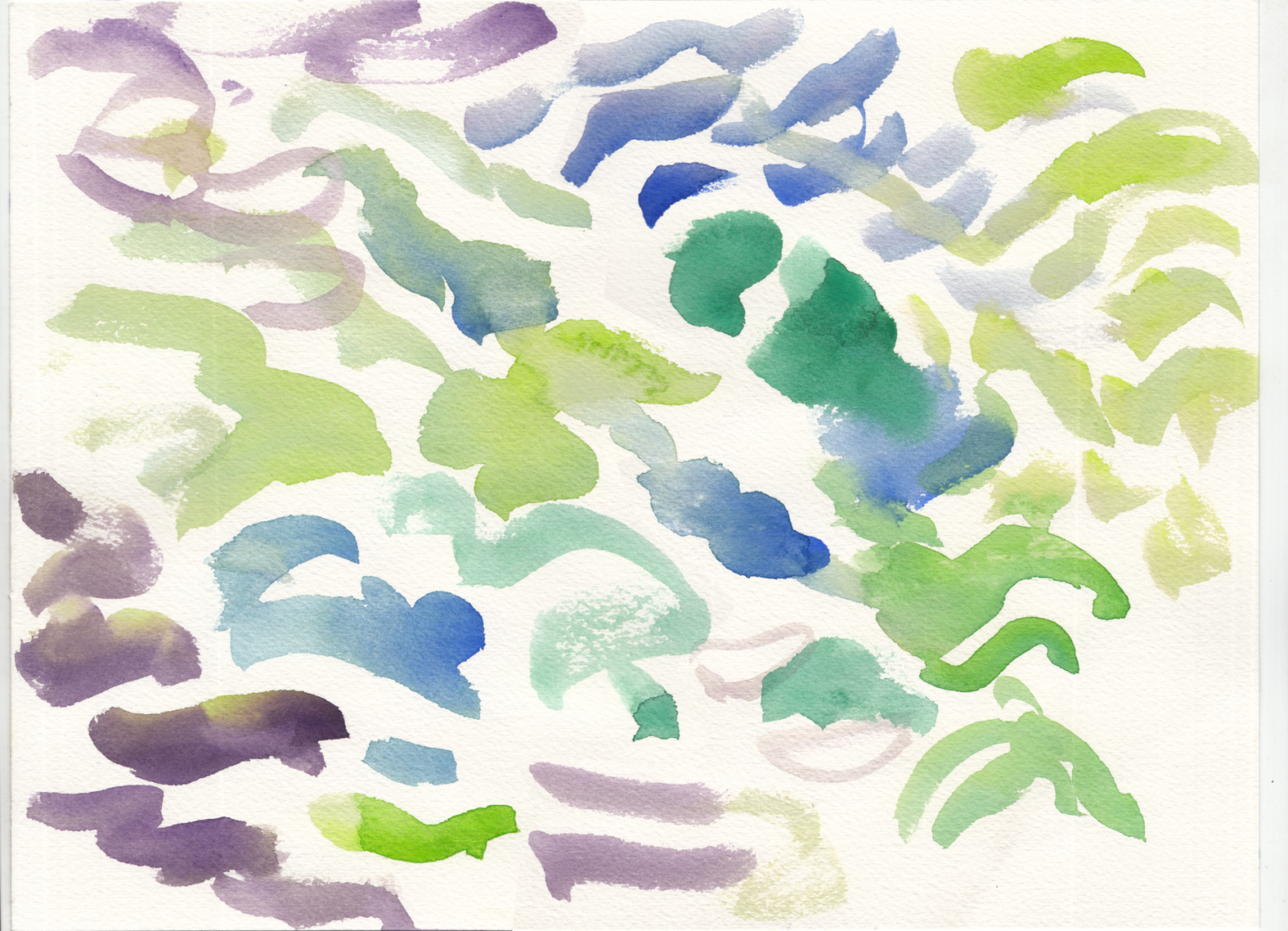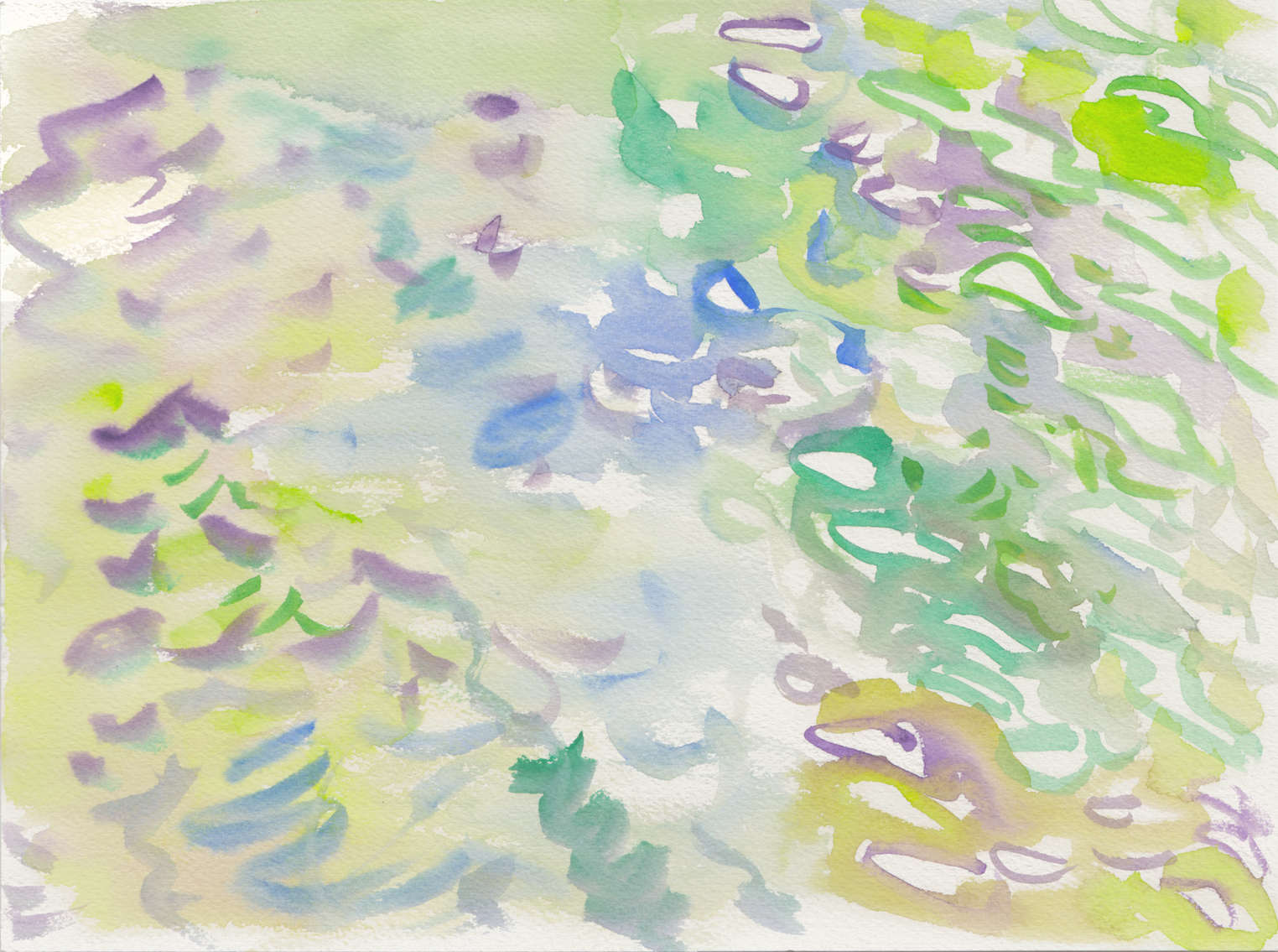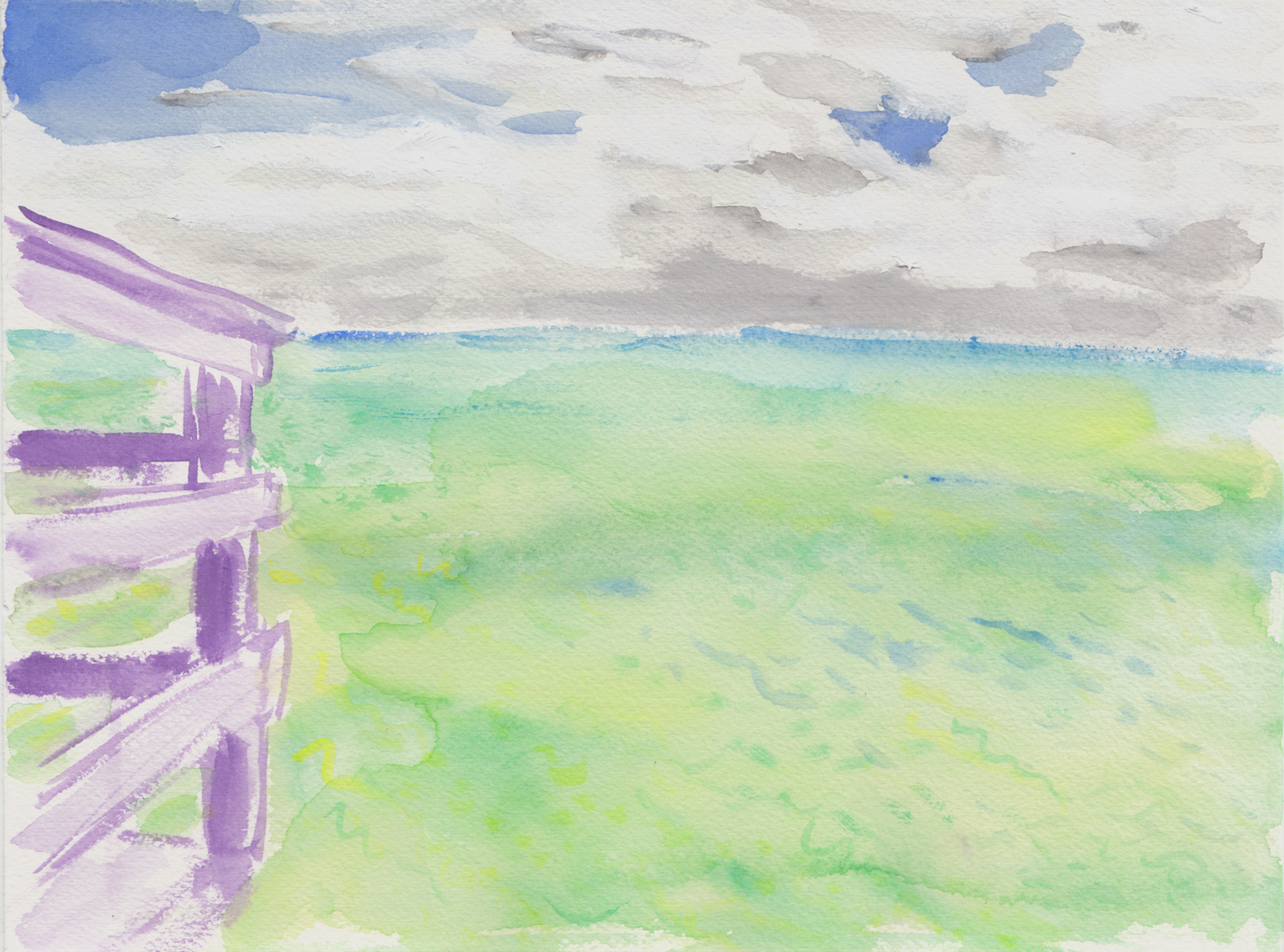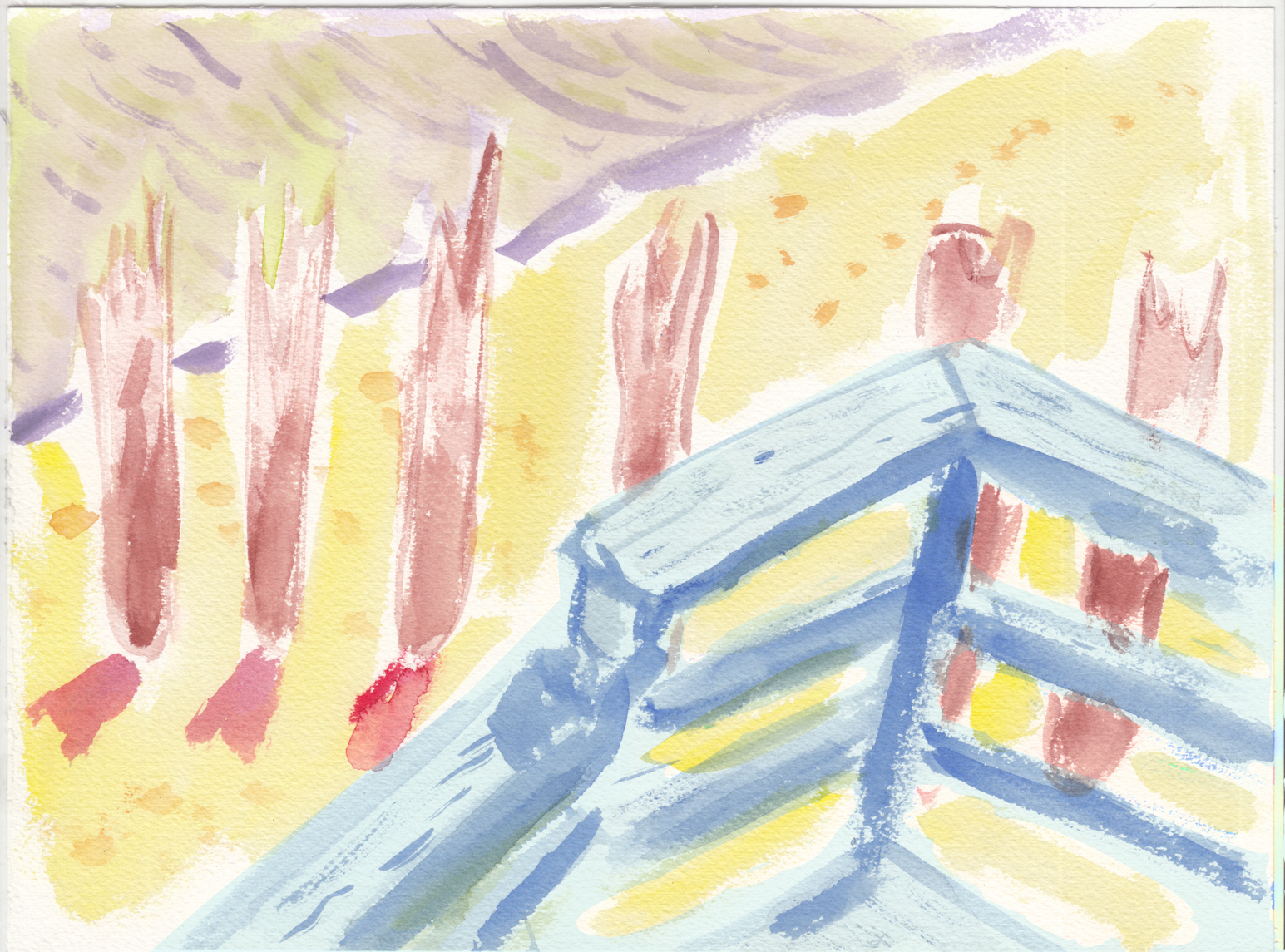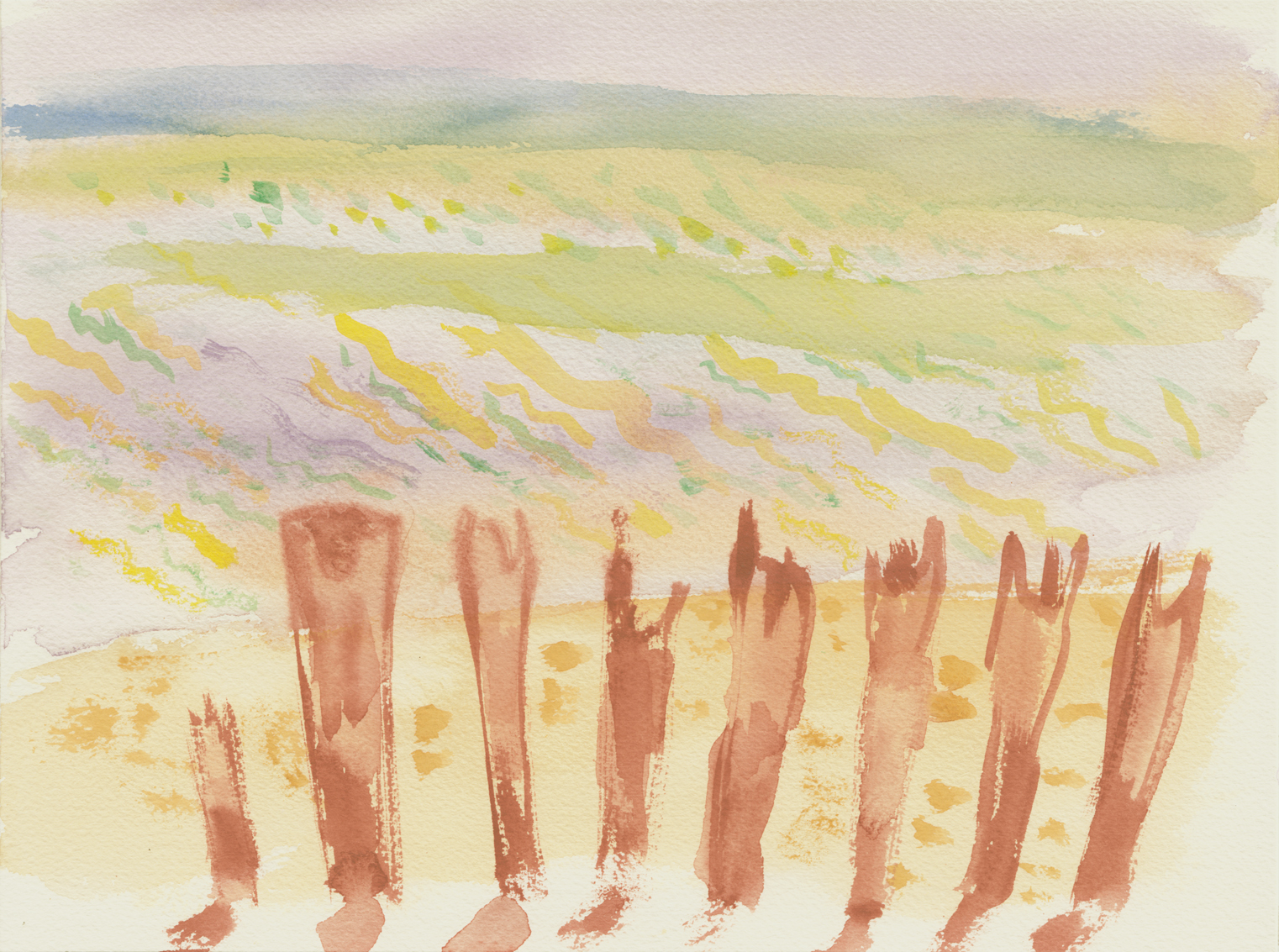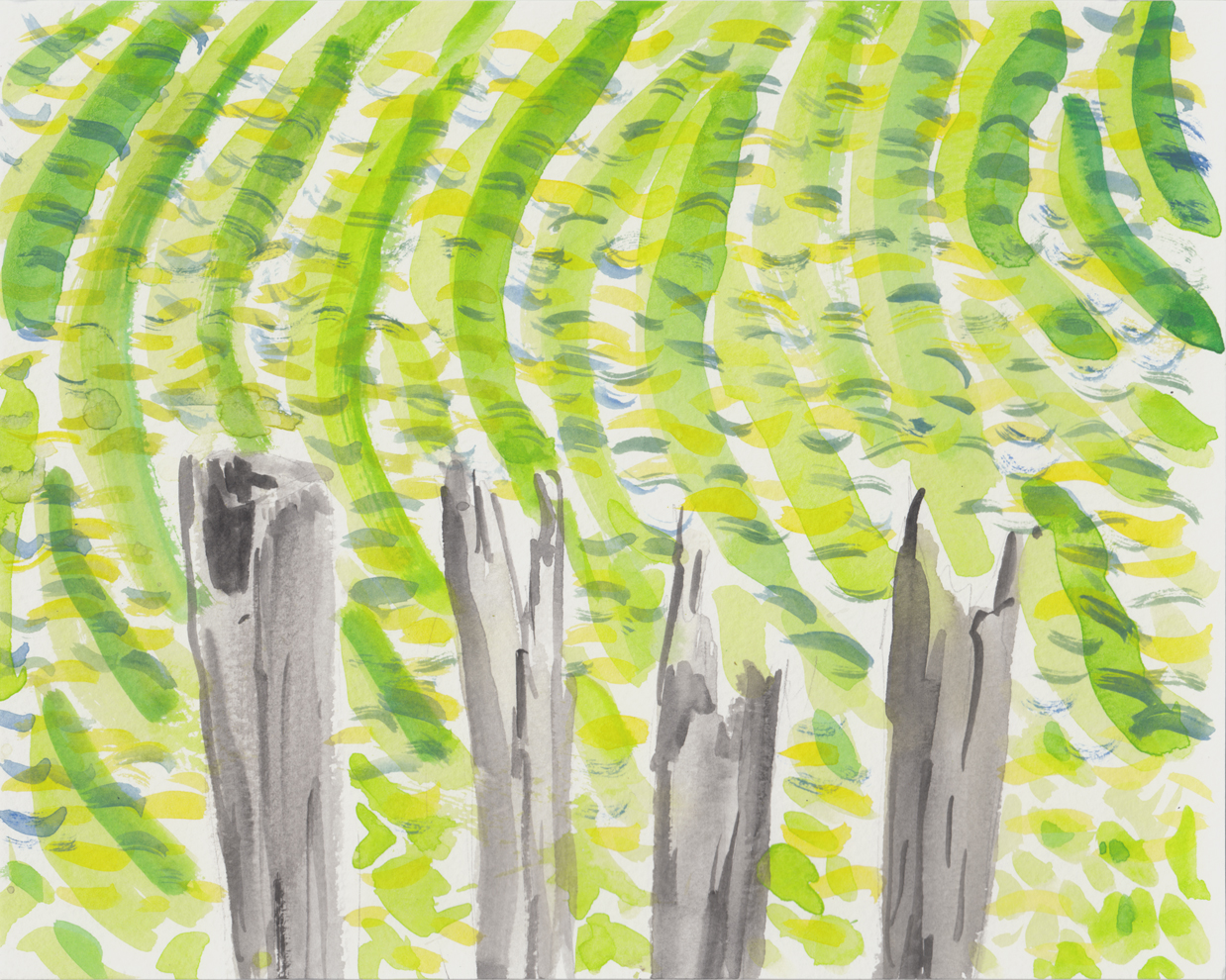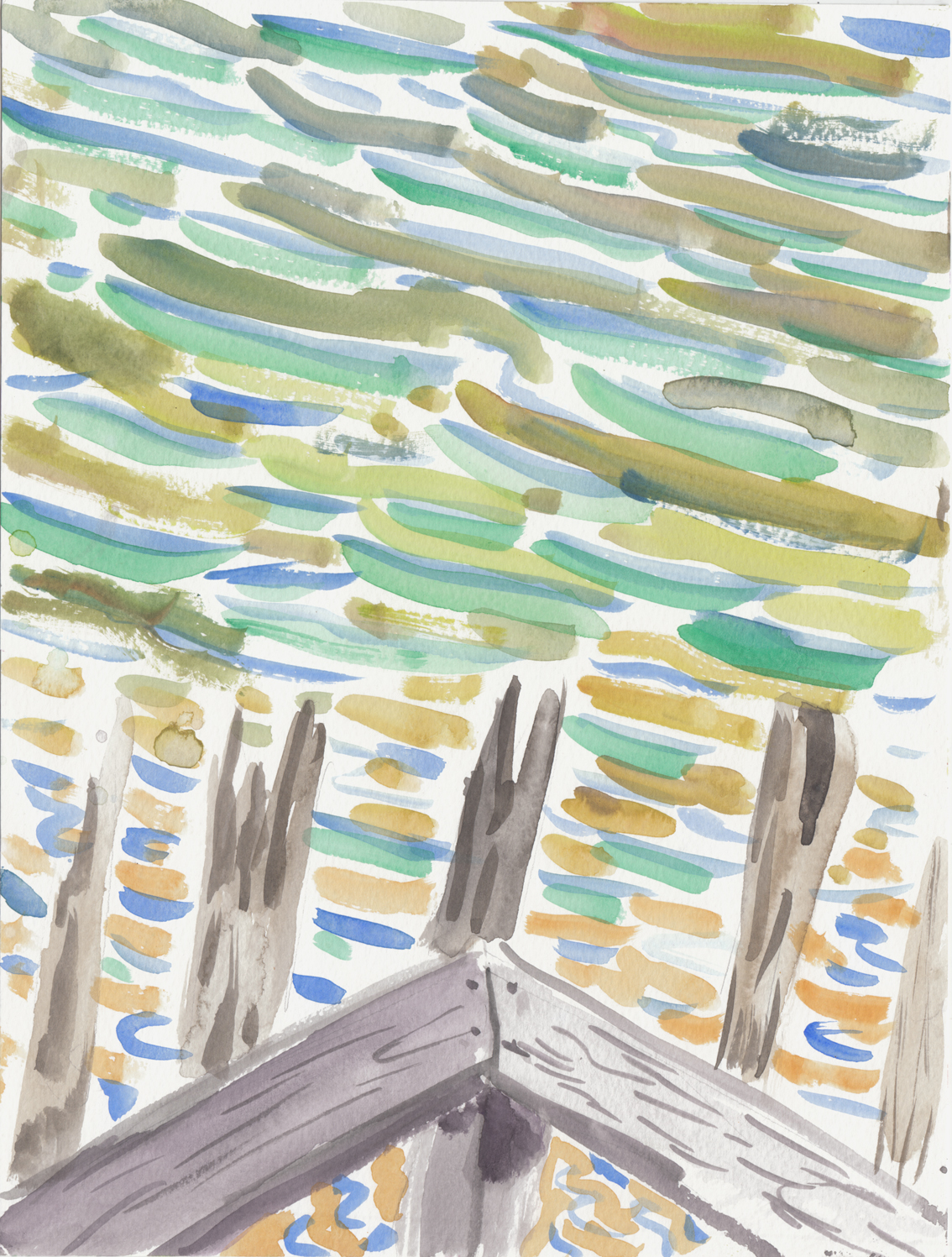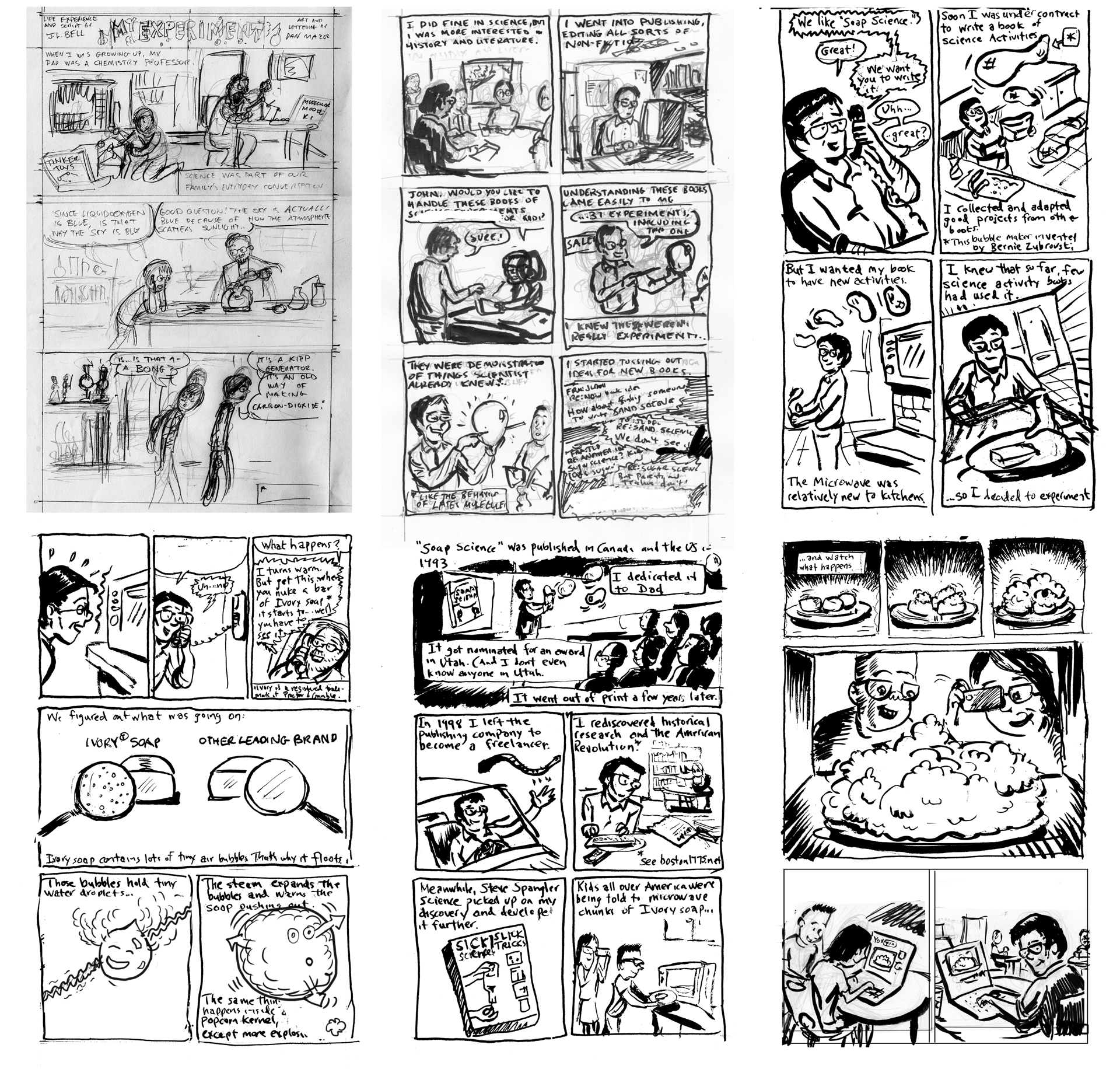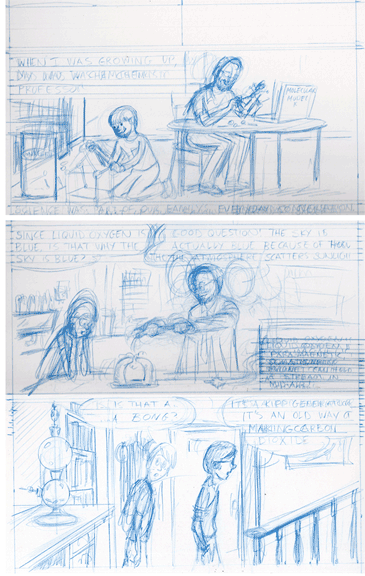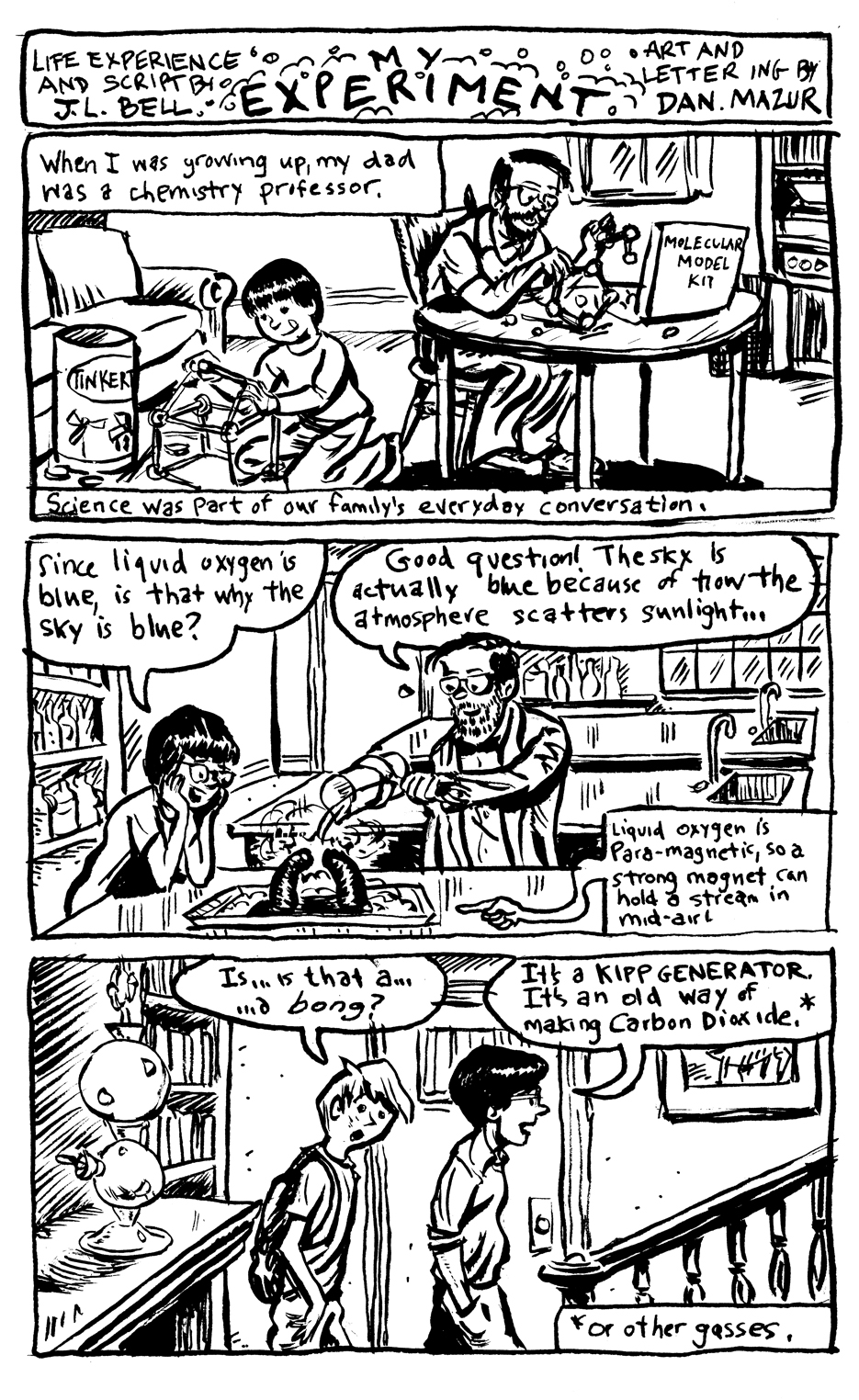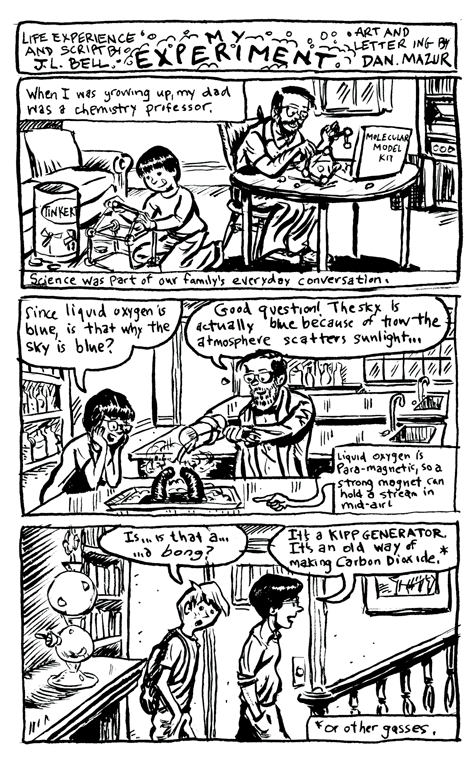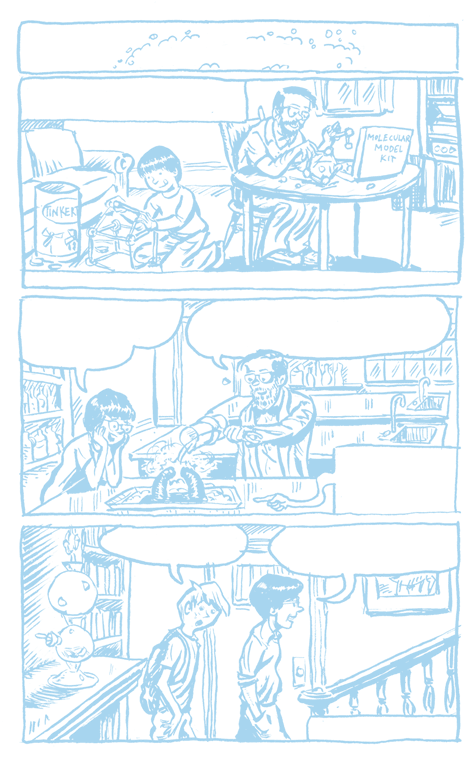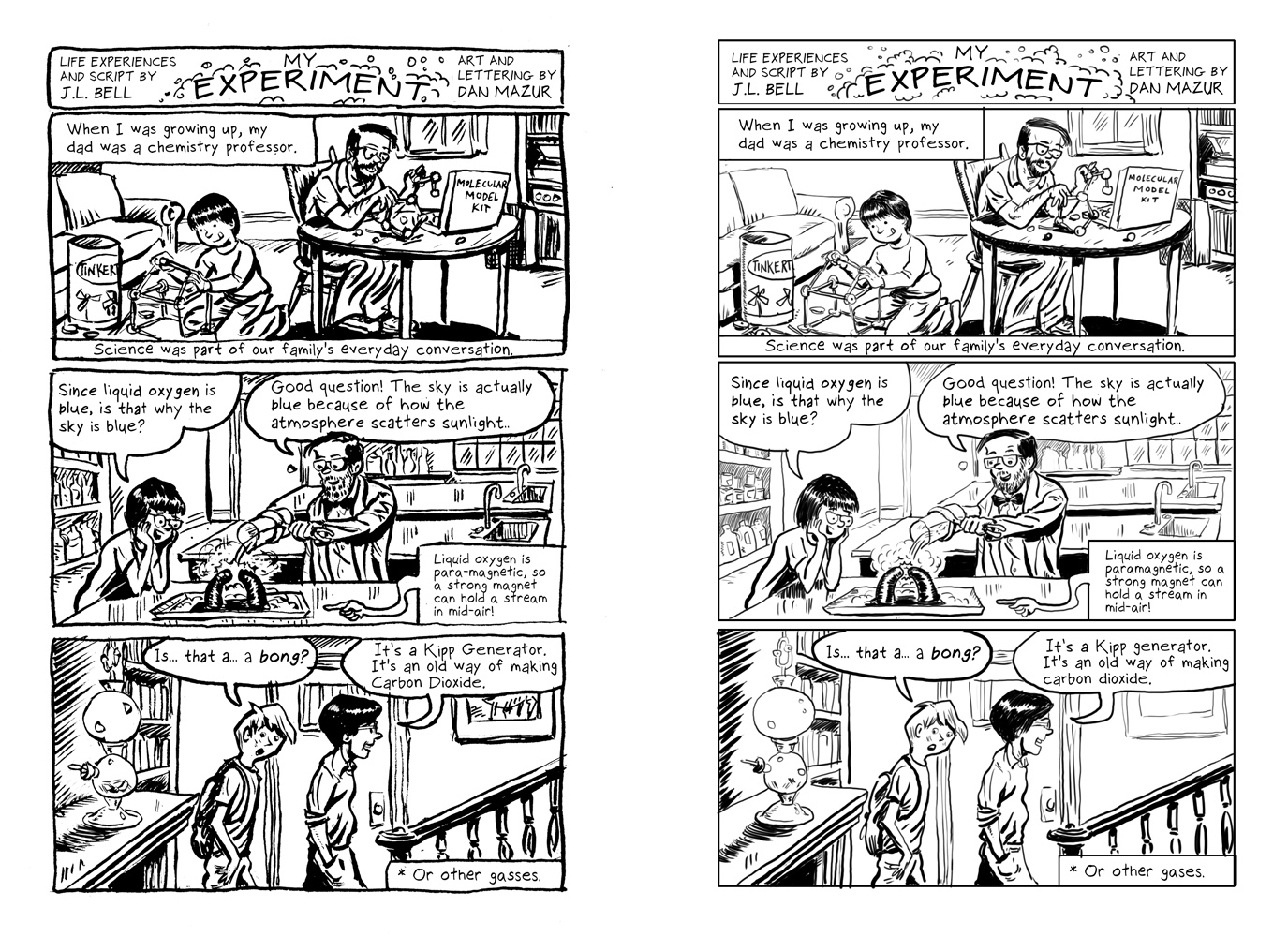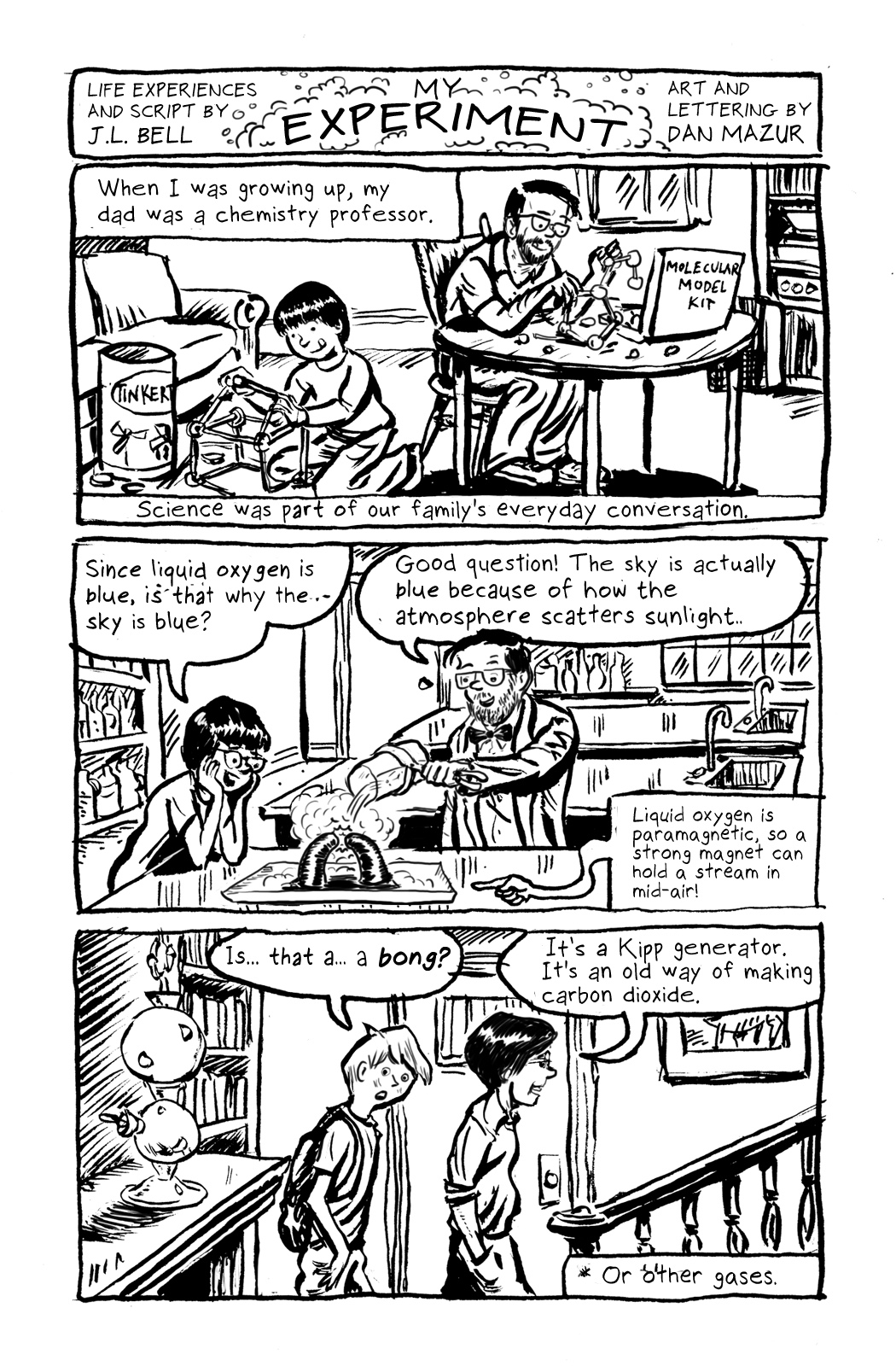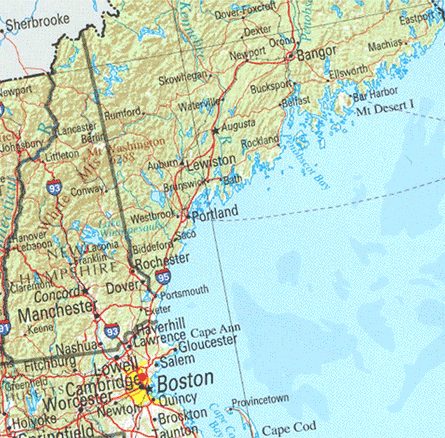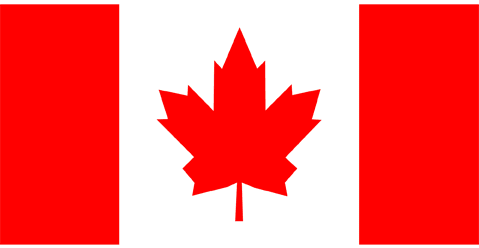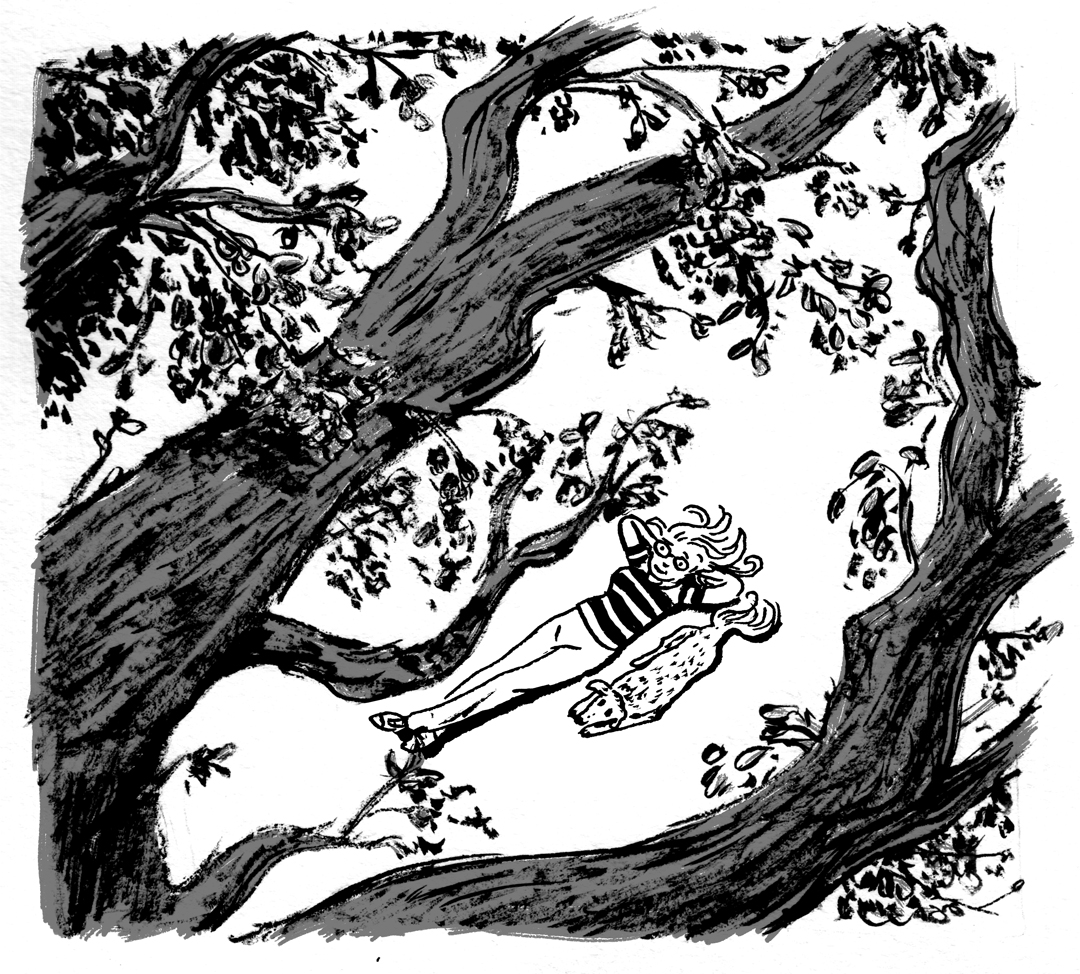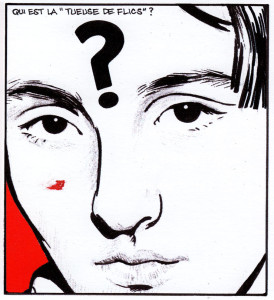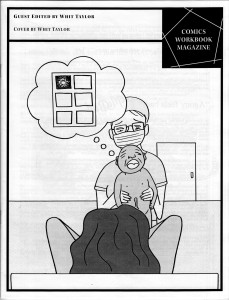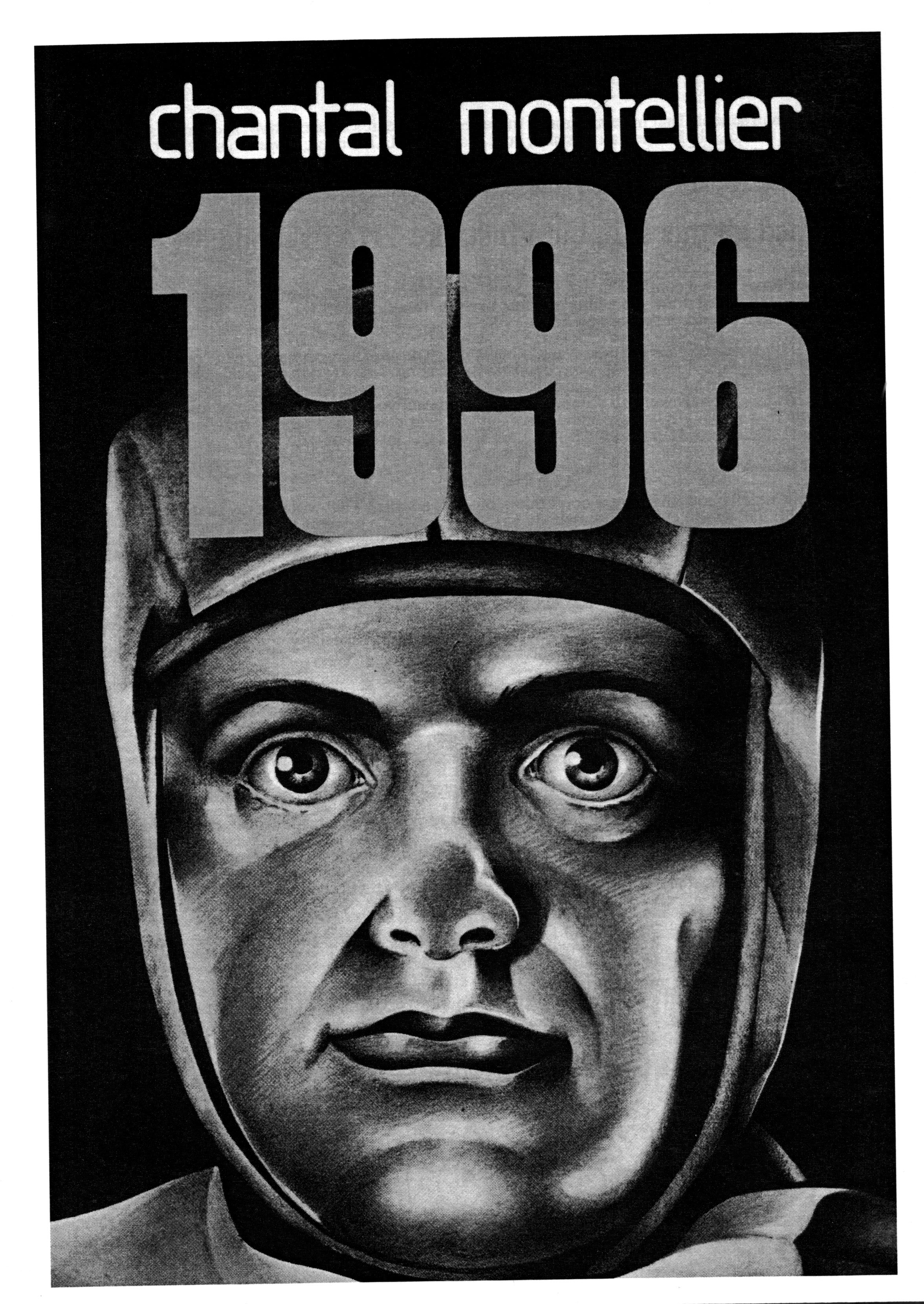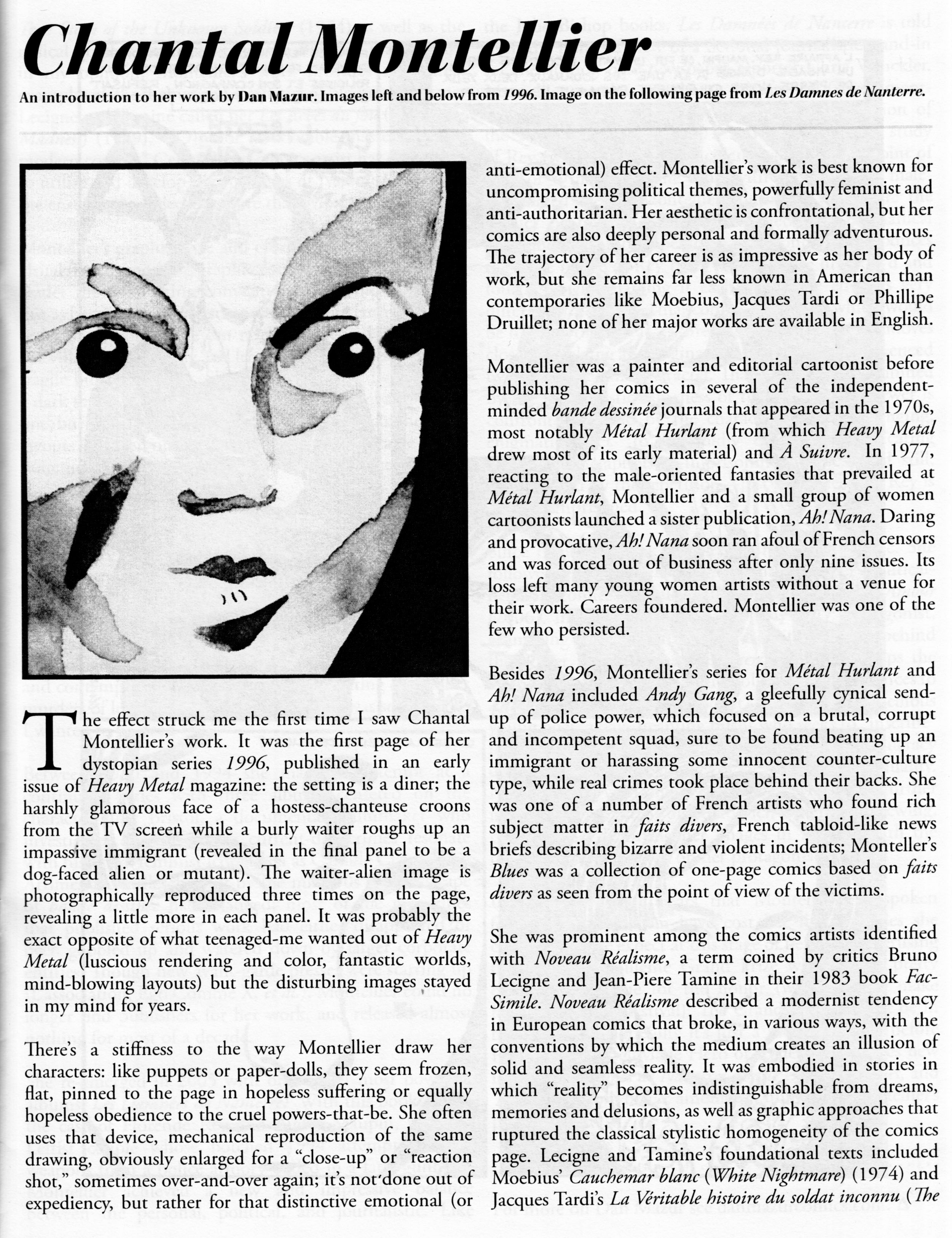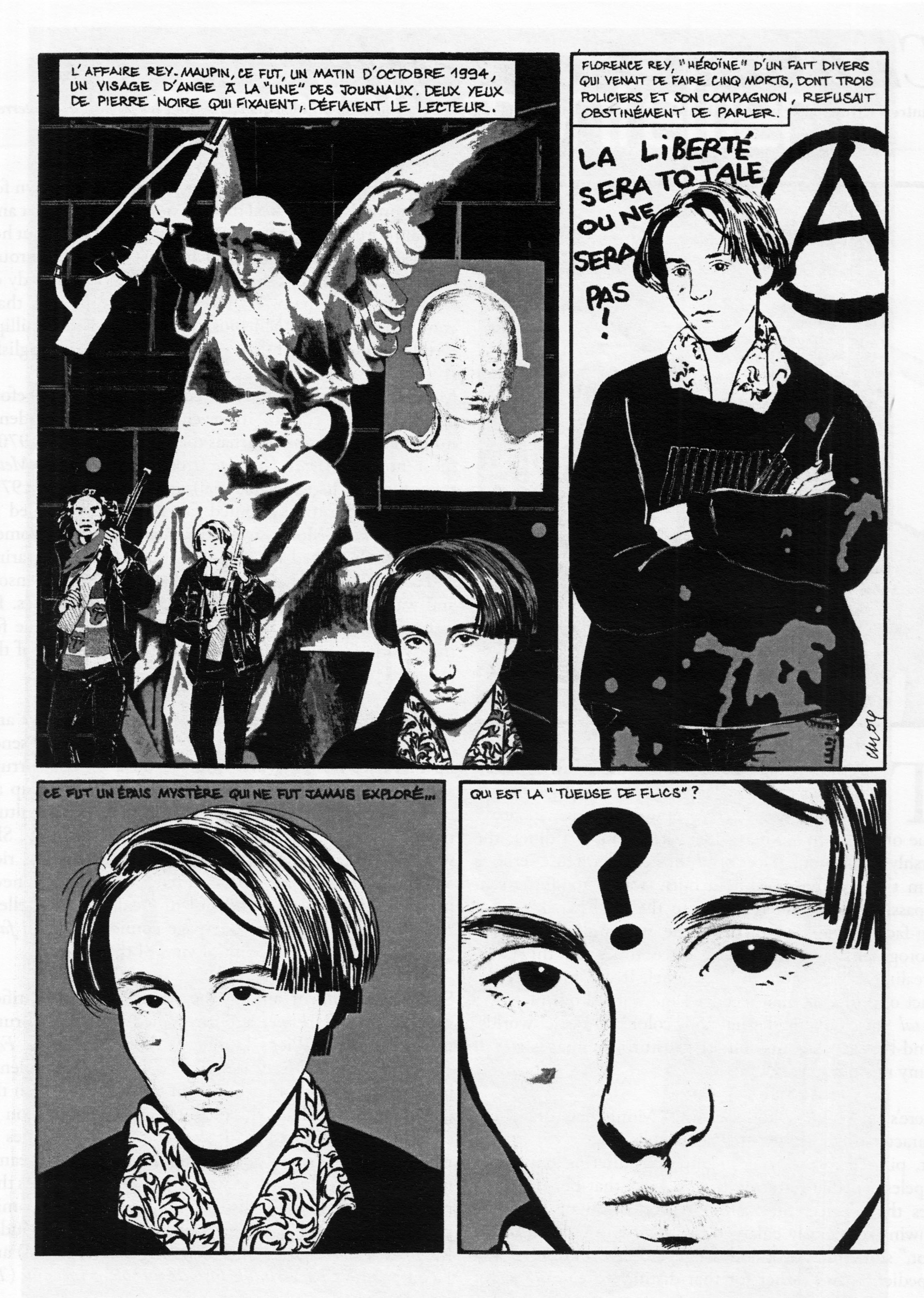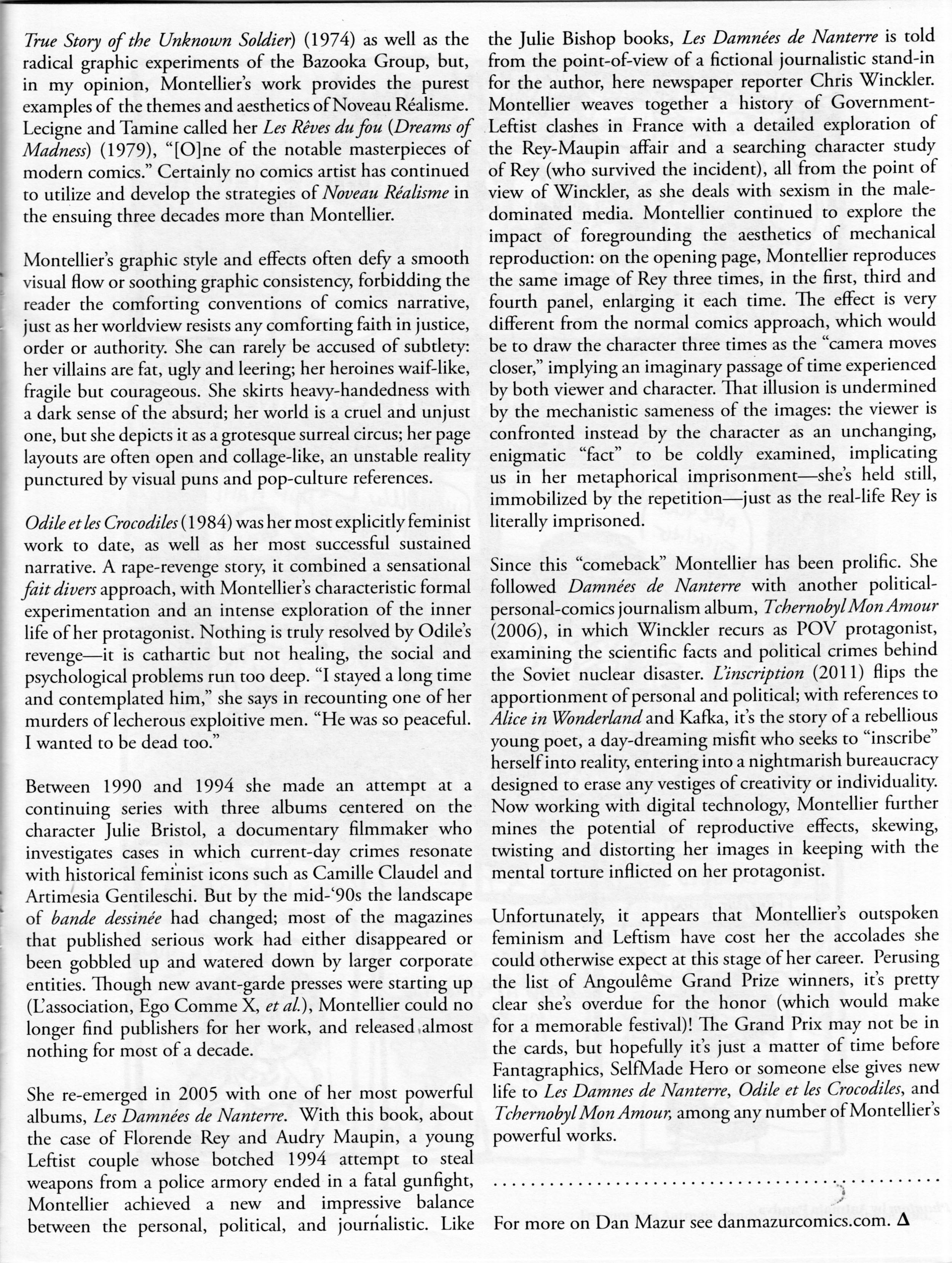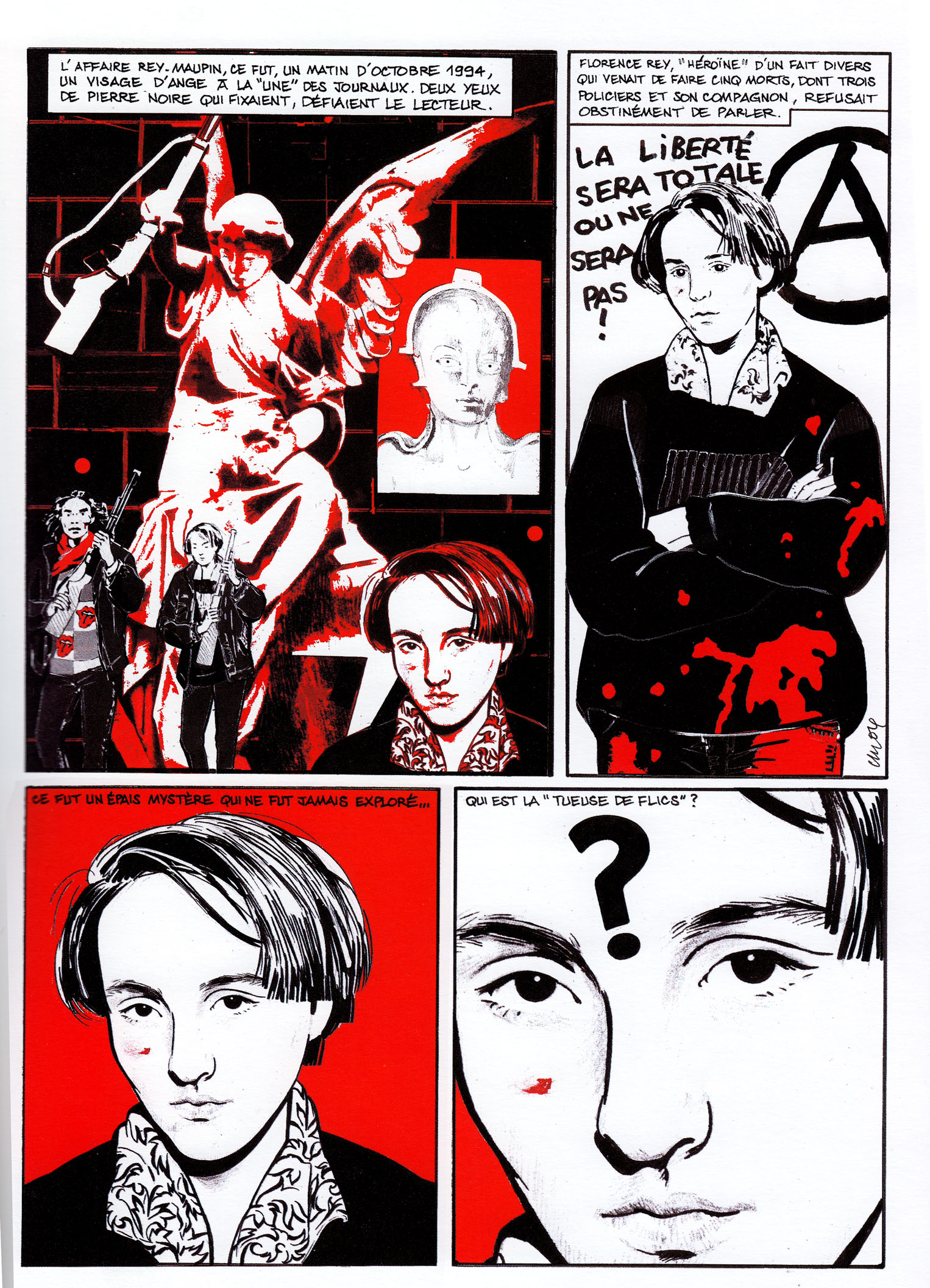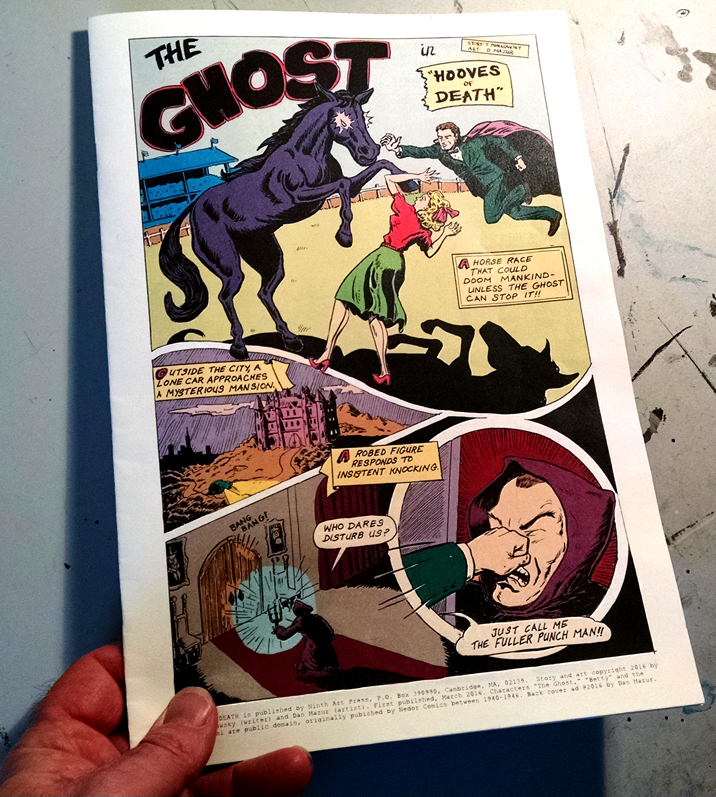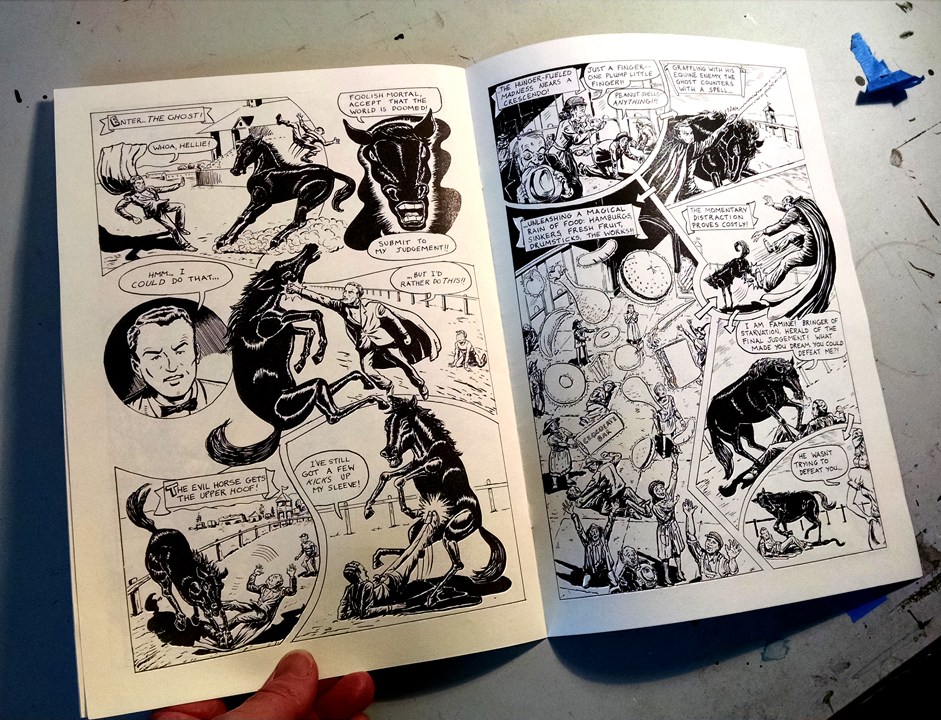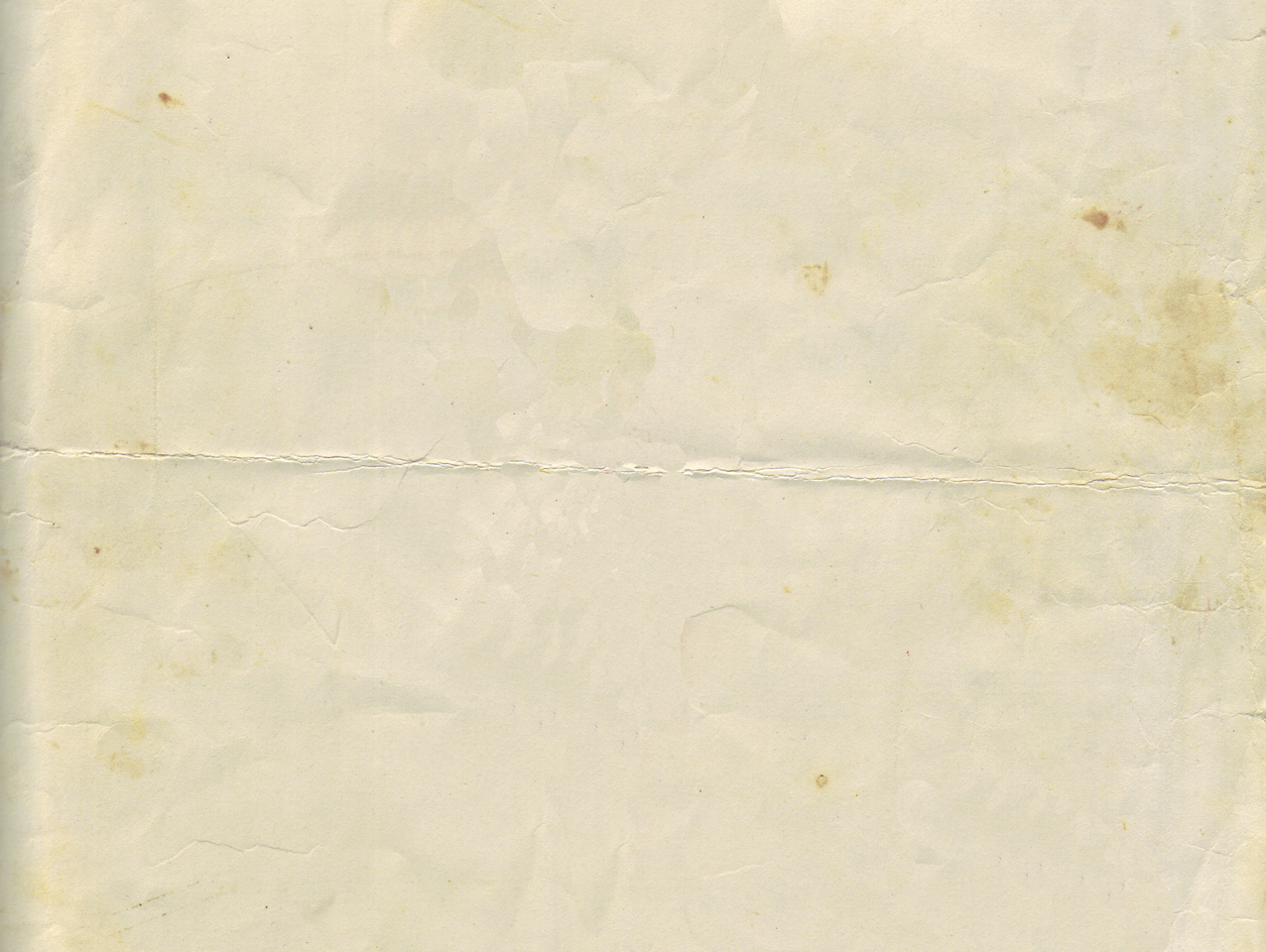In the past I’ve done process posts after-the-fact, when I was feeling good enough about how a particular project turned out, I’d go back and post the thumbnails, roughs, etc.
For my next project, I’ve decided to try and post the process as it goes along. Â This is a little scary, since the project itself is somewhat experimental, and there may be frustrations along the way, which I’ll have to share as they come, with whoever may be reading the posts. Â Still, I’m going to try.
This new project is a wordless comic, and I want to try it as a one-image-per-page story. Â Maybe at about 5″ x 5″ or so, I’m not sure. Â The title is “Lunatic.” It’s sort of like a children’s story, but not necessarily aimed at children. Â I don’t think I’ll explain the story just yet. Â I guess it’s got a bit of Victorian sci-fi to it.
The process started, actually, in late 2014, I think.  The story came to me, and I scribbled down a panel-by-panel outline in a sketchbook.  I’ve just now scanned the pages.  They get more scribbly as it moves along, and I can’t really decipher the last page too well myself.  Here they are:
The story’s sort of rattled around in my head since then, and it seems now to have reached the front of the queue. Â As I’ve re-told the story to myself I’ve made some conscious changes (like the gender of the protagonist, for instance). Â But now, looking at these old thumbnails for the first time in a couple years, I can see that I’ve changed some things about the story in my mind without realizing. Â Now I have to assess if I like the changes, or want to go back to the original ideas. Â Â The face in the moon was something that I had forgotten – was that a good idea or not? Â It has its charm, and I’m tempted to go back to it.
